Our research target is developing novel and challenging organic reactions based on molecular catalysis, with structural modification of transition metal catalysts and organocatalysts, We have achieved (1) selective synthesis of chiral molecules using asymmetric catalysts, (2) efficient construction of functional molecules through C-H bond activation, and (3) direct transformation of unactivated aromatic compounds using designed sulfide catalysts.
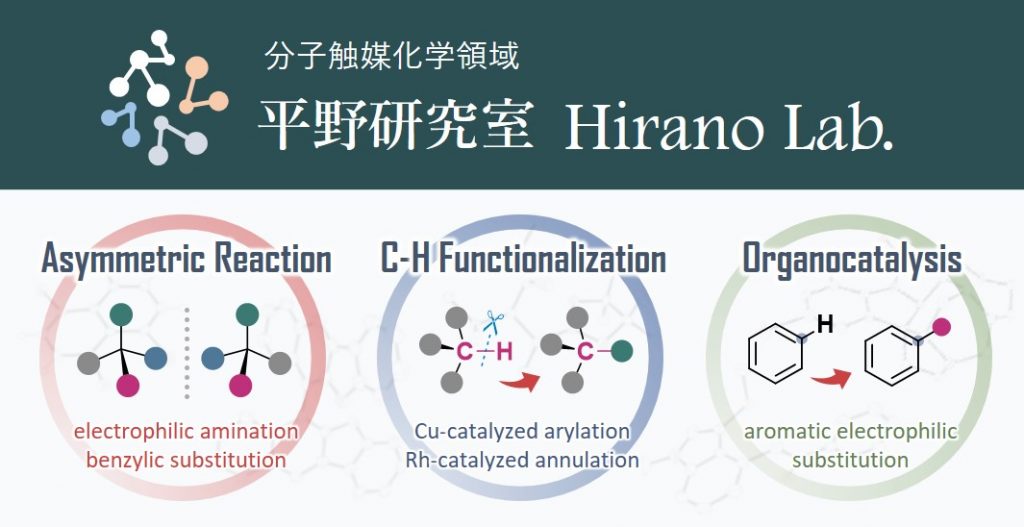
Our research is targeting toward designing unique and original metal complexes as catalysts for new organic transformations and clarifying their roles during the catalytic reactions. We especially focus on the development of transition metal complexes that can utilize readily available starting materials for complicated molecular synthesis with short reaction sequences and transform a targeted functional group within multi-functionalized organic molecules by using thermal, light, and electric energy. We also work on the catalyst development by combining both experimental and computational methods to optimize catalyst structures and elucidate the reaction mechanism.

We create functional materials that are useful for environmental protection and medical care and are friendly to humans and the environment, by using an appropriate combination of organic synthesis and molecular interactions. Currently we focus on (i) the development of molecular recognition materials that can efficiently remove harmful substances from water and oil, (ii) the development and application of micro- and nanostructures using self-organization of molecules, and (iii) the development and applications of highly efficient light-harvesting supramolecular assemblies.
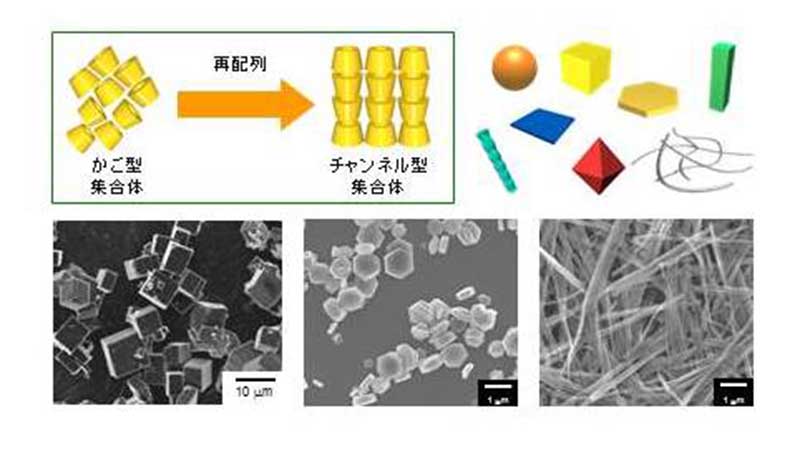
In our laboratory, we design and create high performance materials on the basis of molecular design in consideration of developments at an industrial level for the development of three dimensional (3D) tissues for drug discovery and regeneration medicine. The extracellular matrix (ECM) is the main component of cell microenvironments in all tissues and organs. ECM regulates cell microenvironments and various cell functions. Inspired by the function of ECM, we regulate microenvironment of cell surface using novel polymer materials to control cell functions for construction of 3D-tissues with functions and structures similar to natural tissues or organs.
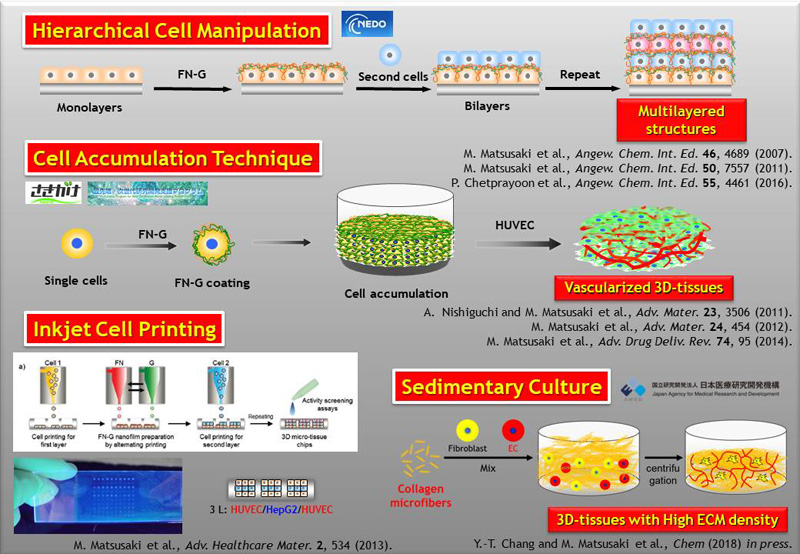
Our research is currently focused on designing a methodology for organic synthesis using novel organometallics and catalyst systems. Novel reactive organometallic species have been isolated and characterized based on spectroscopic methodology and X-ray crystallographic analysis. These species have been applied to the synthesis of functionalized organic compounds. Our group also focuses on utilizing characteristic Lewis acids in the conversion of carbon resources to valuable organic compounds. Metal complexes that have cage-shaped organic ligands are synthesized and used for new types of selective reactions for practical organic syntheses. We also target functionalized materials that are based on organic compounds with novel physical properties and special intramolecular interactions. All projects are supported by organic synthetic approaches that extend to various fields of chemistry.
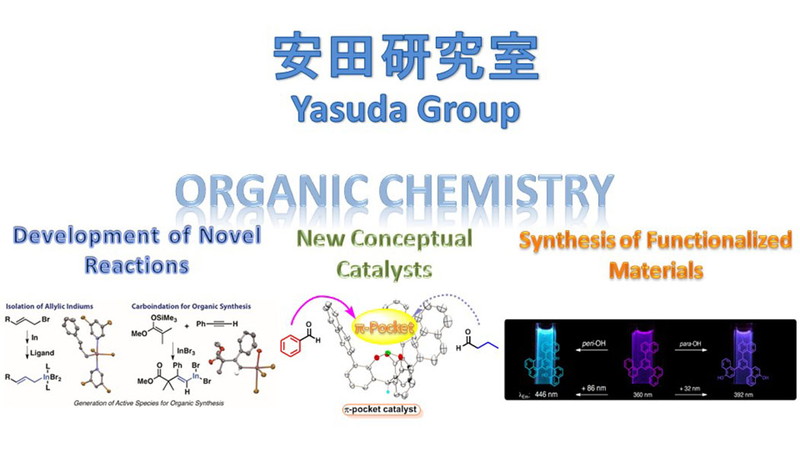
Artificial photosynthesis is a solar energy conversion technology that mimics natural photosynthesis, and considered to be one of the next big breakthroughs in the research field. Our group studies the development of functional metal complexes toward the realization of artificial photosynthesis.

Transition metal complexes serve as key players that mediate various reactions for synthesizing bioactive compounds and functional materials, and numerous transition metal complexes have been developed to date. The design of organic compounds (i.e., ligands) that support the metal center is crucial for imparting desired functions to transition metal complexes. We focus on designing original ligands and developing the synthesis and applications of transition metal complexes that maximize their external stimulus-responsive properties. We are also engaged in creating designed boron catalysts containing boron as a metalloid element and developing technologies that use crude H2.
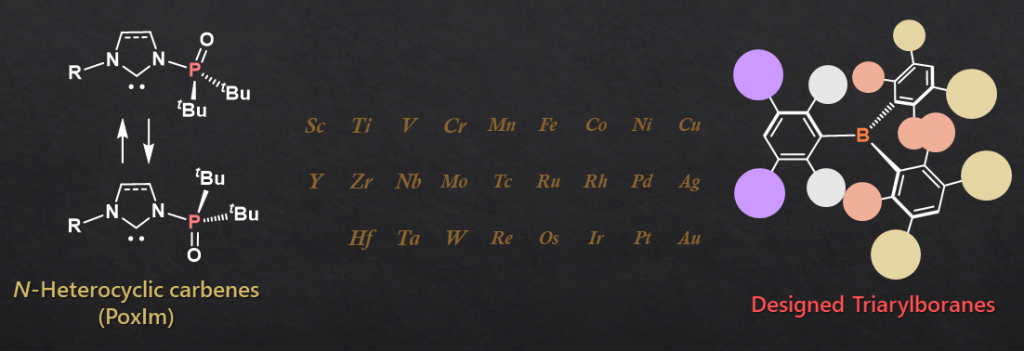
Our research interests span various aspects of organic chemistry, ranging from new reactions, new molecules, and new functions. Regarding the reaction development, our goal is to invent the synthetic methods that involve unprecedented mechanism or unusual bond transformation. We are also exploring design and synthesis of new functional complexes ligated with unique p-conjugated systems. We believe that the diversity of our research projects facilitates generating breakthrough ideas.
Representative research subjects include:
(1) Catalytic Reactions Involving Activation of Strong Chemical Bonds
(2) Unusual Reactions Using Main Group Elements
(3) Design and Synthesis of Complexes with Open-shell π-Conjugated Ligands
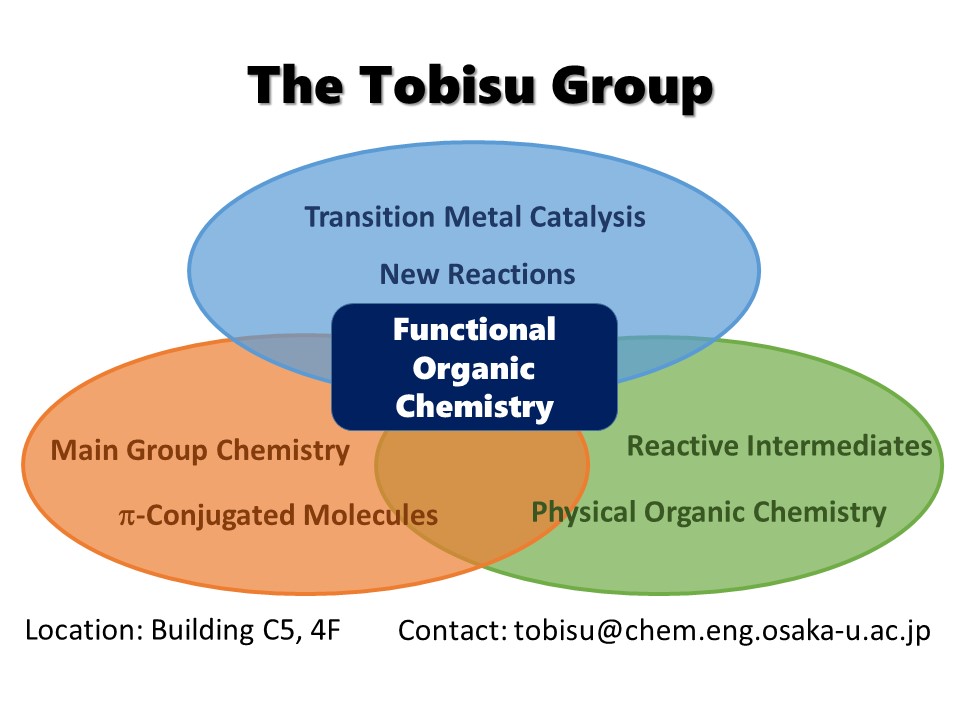
Chemical biology is an interdisciplinary research field, which focuses on elucidation of biological phenomena by utilizing “chemical tools”. These chemical tools are developed by the combinatorial use of organic chemistry, nanotechnology, and genetic engineering. In our group, we design and synthesize novel fluorescence and magnetic resonance imaging (MRI) probes that are applied to answer various biological questions. The representative examples of our chemical tools are fluorescence probes for detection of protein localization and enzymatic activity and MRI probes for in vivo imaging of cancer and gene expression. We develop new tools to give new findings that are not verified by conventional biological methods. By using these tools, we are currently studying various biological fields such as epigenetics, immunology, and cancer biology.
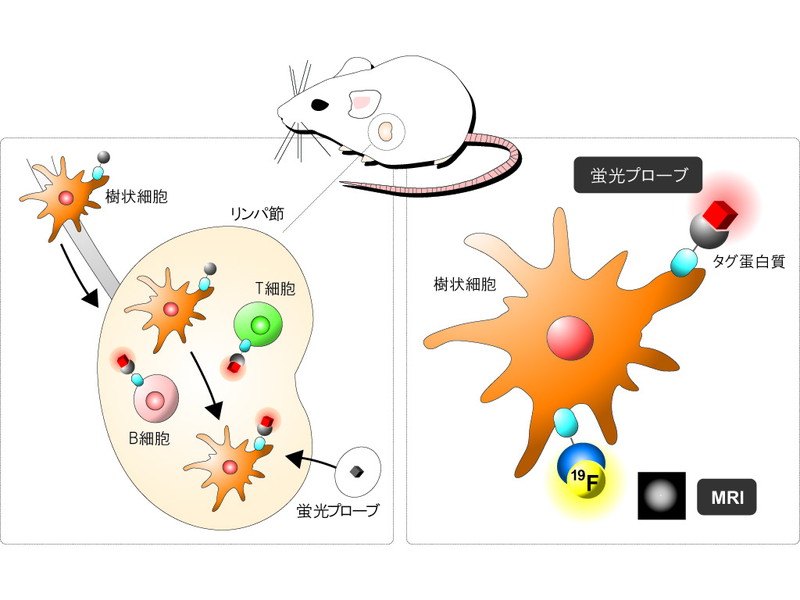
The general goal of our research is to understand enzymatic catalysis at a molecular level and develop environmentally benign bioinspired catalysts. Particular attention has focused on the redox chemistry of transition-metal reaction centers in biological systems. Our main approach involves synthetic modeling, i.e. biomimetic chemistry, including rational design and syntheses of ligands allowing formation of appropriate active site models for metalloenzymes. Enzymatic studies using advanced molecular biology techniques are also performed to develop metalloenzyme catalysts that can be applied to organic synthesis.
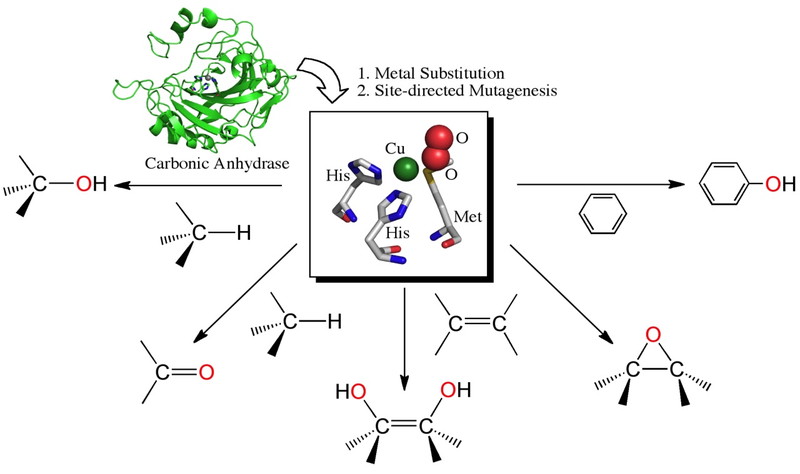
Molecular Reaction Chemistry Area
We are developing innovative materials by manipulating surfaces and interfaces through electrochemical approaches. Our current focus includes semiconductor nanoparticles that exhibit photoluminescence, aiming to visualize the flow of electrons via light. In addition, we are conducting fundamental research on binder-free electrodes and solid-state electrolytes to contribute to the development of next-generation batteries.
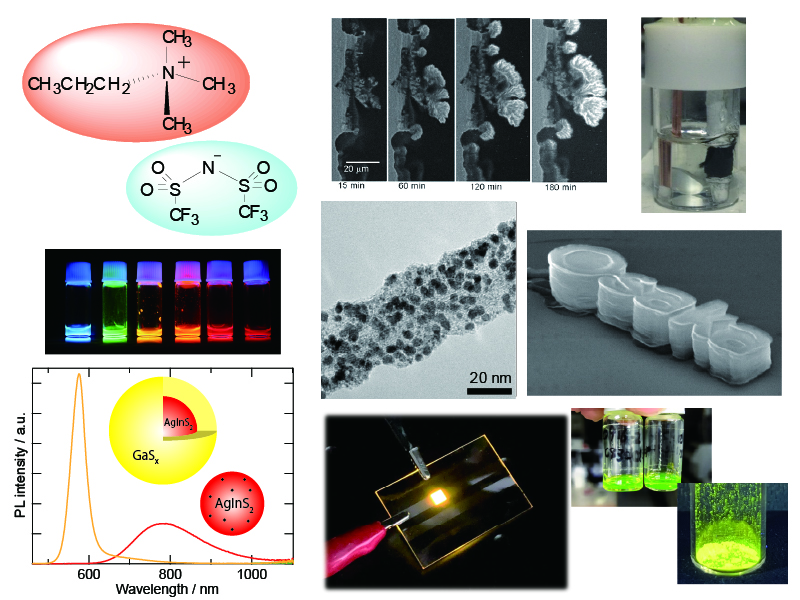
Our aim is to understand structure/function relationships of proteins. We visualize their three-dimensional structures at an atomic level by X-ray crystallography. To do this, we crystallize proteins and collect X-ray diffraction data from the crystals at SPring-8 or SACLA, and process the data with computers to reveal the electron-density maps. We then speculate the structure/function relationship and design novel molecules that control its function. Development of small-molecule medicines, the 3rd generation antibody drugs, and improvement of global environment and crop productivity are now in study.

Bowl-shaped π-conjugated compounds including partial structures of the fullerenes, which are called “buckybowls”, are of importance not only as model compounds of fullerenes but also as their own chemical and physical properties. Very few buckybowls has been achieved for preparation mainly due to their strained structure. We develop the rational route to the various buckybowls and investigate their physical properties. We also investigate to develop novel catalytic properties of metal nanoclusters. We focus on the following projects: Preparation of size-selective gold and gold-based alloy nanoclusters supported by hydrophilic polymers and its catalytic activity: Development of designer metal nanocluster catalyst using the highly-functionalized protective polymers.
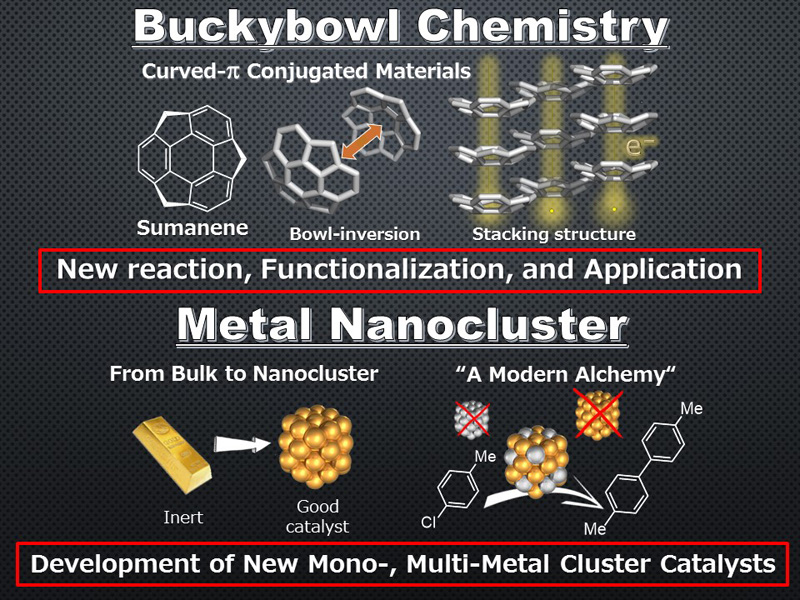
The main goal of our research is to develop a new scientific field based on “organic/inorganic chemistry” and “biotechnology”. Toward this goal, we are challenging to generate new biocatalysts and biomaterials beyond the scope of nature by using various organic compounds, transition metal complexes, biomolecules (such as proteins and DNA), and microorganisms. Current topics of our group are divided into the following three subjects: (1) Synthesis and evaluation of new porphyrinoids with well-designed cofactor structures, (2) Generation and evolutionary engineering of artificial metalloenzymes with synthetic metal cofactors, (3) Construction of highly-organized protein assemblies to provide new functional biomaterials.
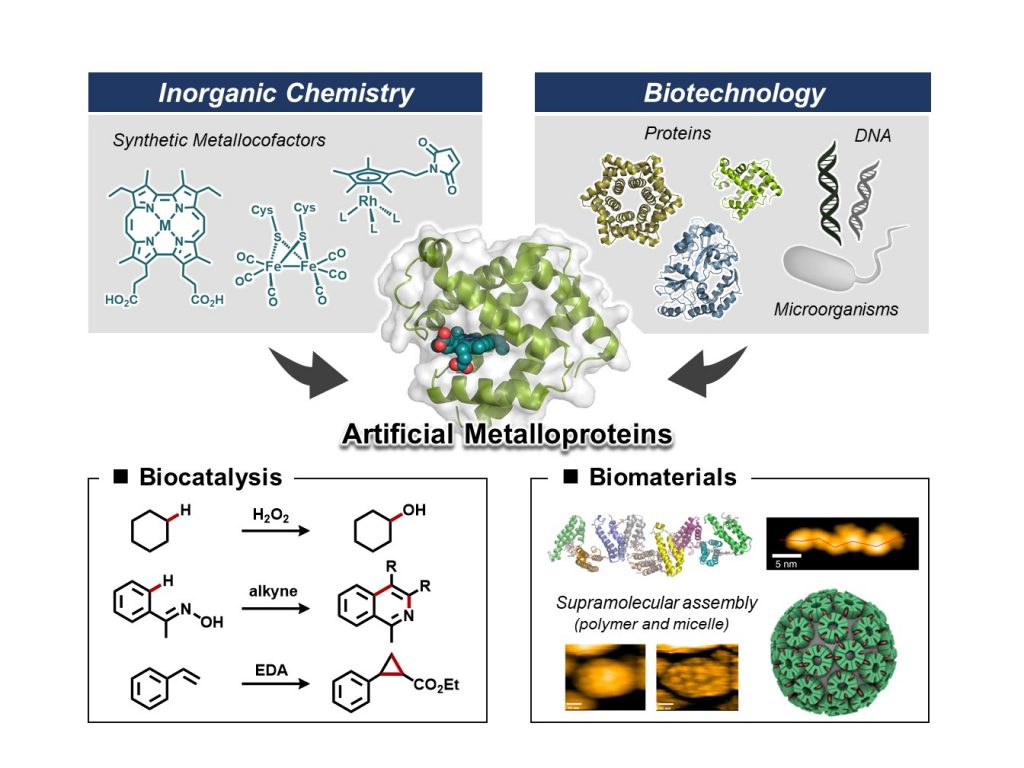
Research in our group seeks to bring the experience and tactics of strategies of organic methodology development based on synthesis of potential molecules. Especially, our interests are focused on efficient, selective, and environmentally benign methodologies for synthesis of valuable molecules. The new methods have been developed for the synthesis of useful molecules as building blocks for organic synthesis, fullerene derivatives directing toward functional materials, and natural products.
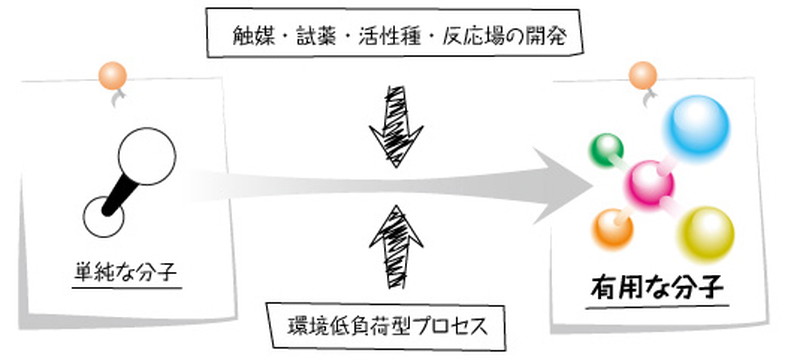
When atoms condense, solids form and exhibit physical properties that we cannot imagine. We focus on inorganic solids, such as transition metal oxides, and promote solid-state chemistry research by synthesizing epitaxial films and bulk samples with atomically controlled structures and exploring their physical properties. We are developing various functional materials such as two-dimensional ferroelectrics, hydrogen storage oxides, ion-conducting solids, and environmental catalysts.
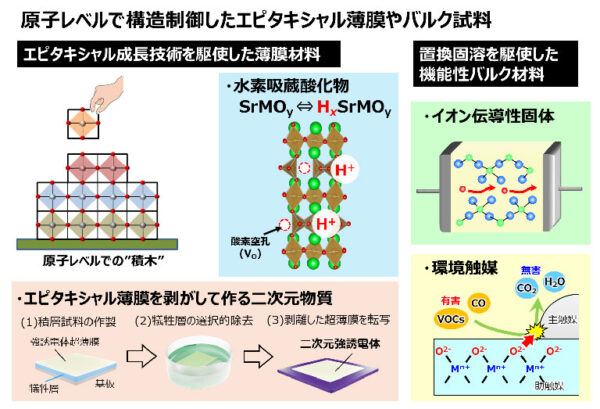
Polymer materials chemistry area deals with new functional polymeric materials on the basis of our original designs and syntheses. We have developed a new class of biomass plastics from renewable resources including originally designed cellulose nanofibers and biopolyesters, a new fabrication method of nanoporous polymer monoliths and their applications in medical, environmental, and energy fields, and adhesive method for hydrogels.
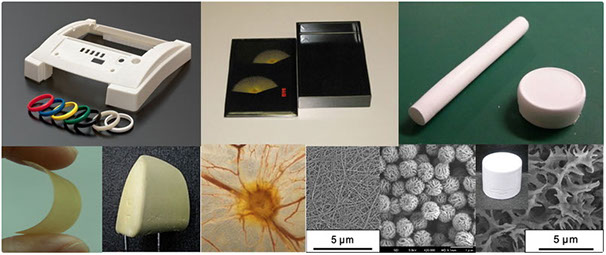
Our research targets are (1) formation of hierarchical nanostructure of soft materials such as polymers, molecules, and organic-inorganic hybrid materials, (2) development of novel measurement technique, and (3) design and synthesis of conjugated polymer materials having optical, electrical, and magnetic response aiming at application such as organic photovoltaics and functional devices. These materials are utilized in nano-structuring and functionalization, which is characterized at single molecular level.
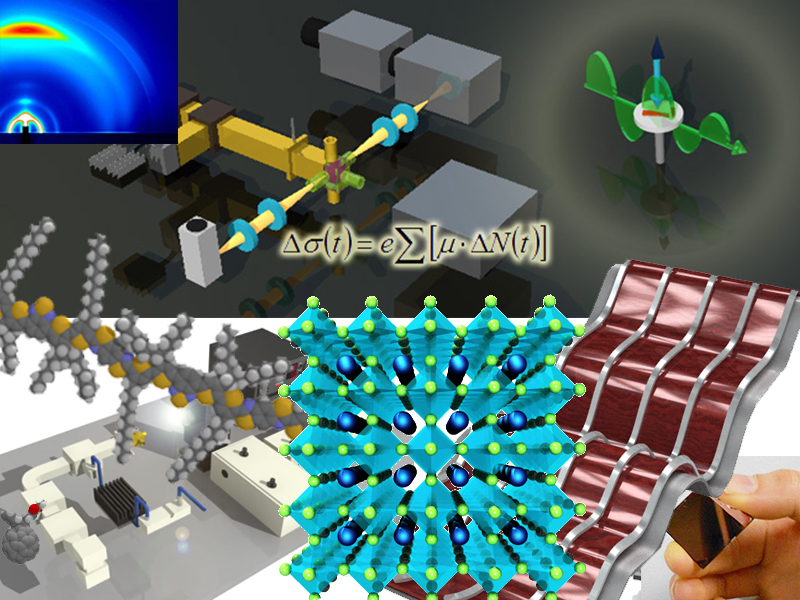
Organic Electronic Materials Science Area
We have been studying organic electronic materials and their application to electronic devices such as organic light-emitting diodes, organic thin-film transistors and organic solar cells. We intend to develop new concept devices and materials by understanding fundamental properties of organic materials. This interdisciplinary field includes a wide range of academic area from organic chemistry for designing one molecule to physical chemistry for understanding solid state properties, and device physics based on semiconductor engineering for improving performances.
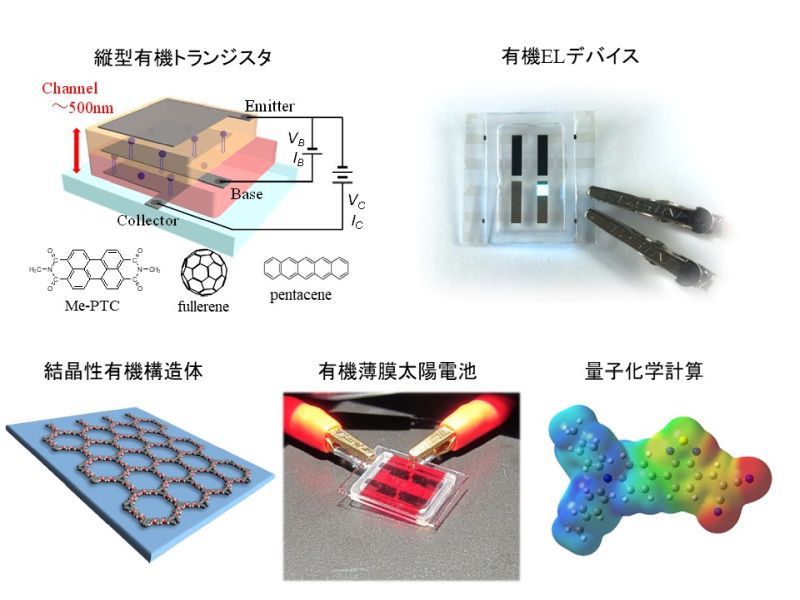
We design and synthesize a wide variety of new inorganic solid materials, mainly alloys and ceramics, to develop innovative catalysts. The reactions include effective utilization of shale gas and CO2, hydrogen production, and nitrogen conversion, aiming to create catalysts that can contribute greatly to the development of the chemical industry and the improvement of the global environment. We also aim to elucidate the principle of catalysis in detail in an atomic level from a physicochemical viewpoint, and to pursue and advance fundamental science.
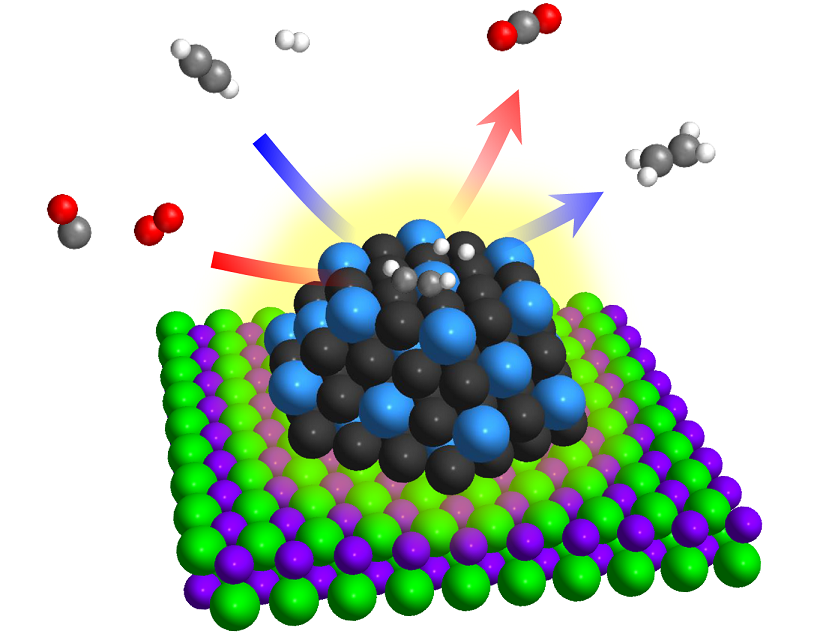
Based on photo- and radiation-induced chemistry of organic and inorganic compounds, we are studying chemistry of highly reactive intermediates, new synthetic chemistry, and new molecular devices and functional materials including photofunctional surface and biomolecular systems.
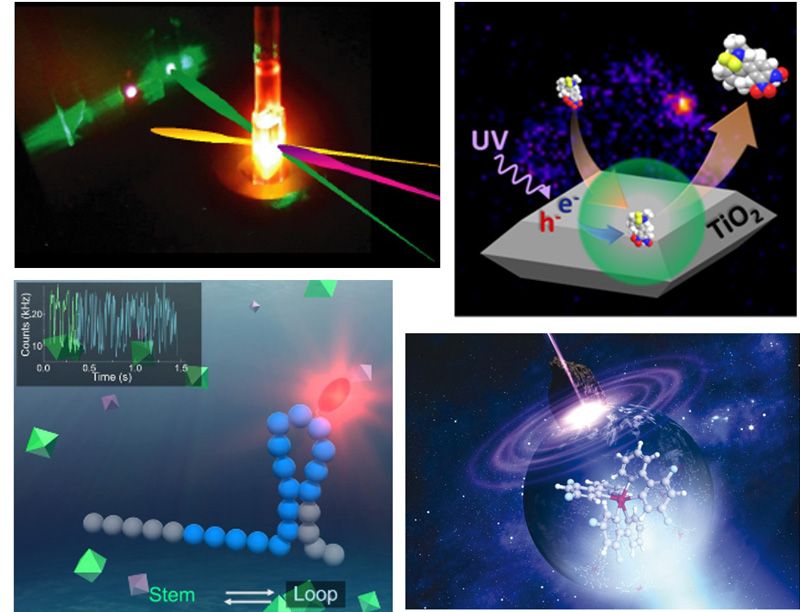
Our main subject is the development of novel molecule-based materials with promising electronic and photoelectronic properties for organic and molecular electronics. The research is based on the elucidation of the relationship between molecular structures and physical properties to control and improve the functions. We conduct integrated research: molecular design/synthesis, physical/chemical properties, and application of these organic semiconductors to electronic devices such as organic field-effect transistor (OFET), organic solar cells (OSC), and single-molecule electronics.
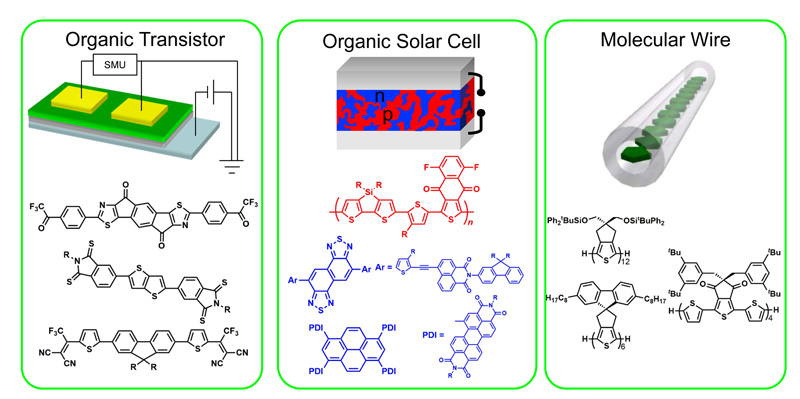
This center is currently investigating the asymmetric photochemistry and chiral luminsecence materials, and highly selective and sensitive methods for the analysis of hazardous chemical substances.
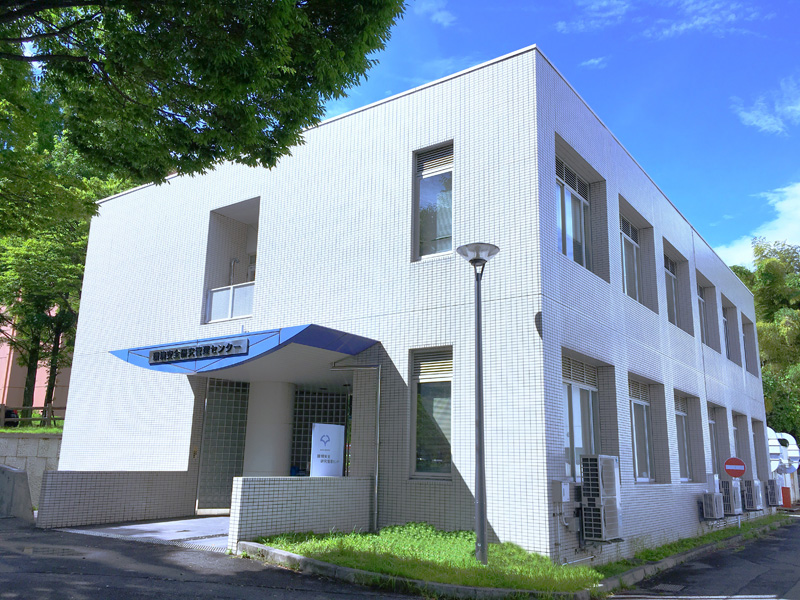
Department of Functionalized Natural Materials [The Institute of Scientific and Industrial Research]
Cellulose is the most common and abundant bioresources, mainly originating from higher plants. We extract cellulose nanofibers with widths of 3-15 nm from wood pulp, and are currently conducting the development of various cellulose nanofiber-based materials, such as transparent paper, for electronic, catalytic.

The industrial application of quantum beam will rapidly expand in the field such as high-volume production of semiconductor devices. In Department of Beam Materials Science, the radiation-induced chemical reaction and reaction field have been investigated using state-of-the-art quantum beam (electron, extreme ultraviolet radiation, laser, synchrotron radiation, X-ray, gamma-ray, ion beam). We have studied the chemical reaction system from the energy deposition on materials to the expression of material function. On the basis of these studies, we have designed a noble chemical reaction system.

Biochemical engineers are required to possess an integrated knowledge of governing biological properties and principles of chemical engineering methodology and strategy. We deal with the design, operation and optimization of bioprocesses concerned with the production of biological product by microbial and mammalian cells, including up- and down-stream processing working with industries. Current topics are mammalian and microbial cell and cell culture engineering for the production of biologics. Target biologics are enzymes, cytokines, therapeutic antibodies, vaccines and stem cell for cell therapy and drug evaluation.
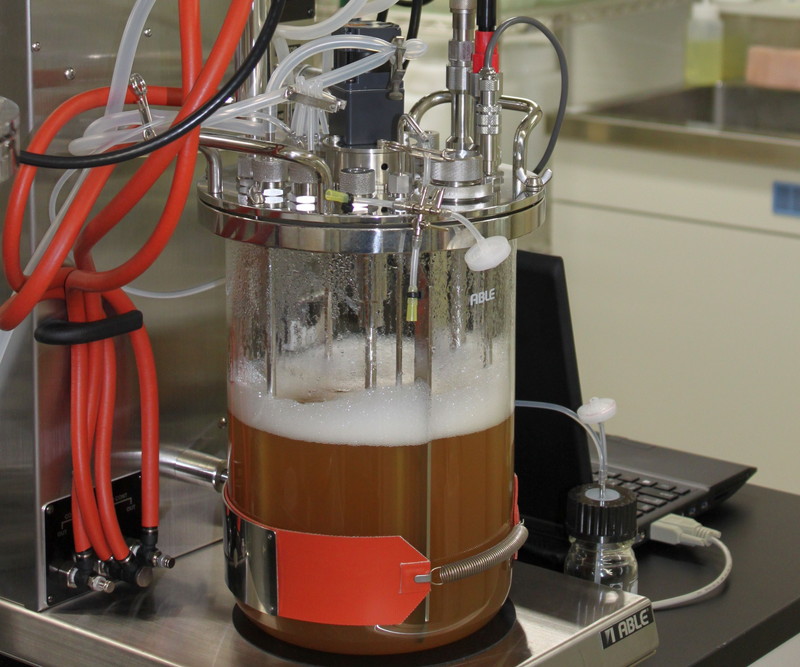
In a turn of the century, environmental, food and energy problems are becoming more inevitable. Now is the time to develop an environmentally friendly and sustainable socialsystem; biotechnology plays a key role in this challenge. Bioresource Engineering is a technology in search of a “core biological agent”, and to evaluate its practicality. Our laboratory challenges the issues utilizing metabolomics and imaging mass spectrometry as our core competence. Our mission is to raise human resources, who will be the international leaders of the Biotechnology field.
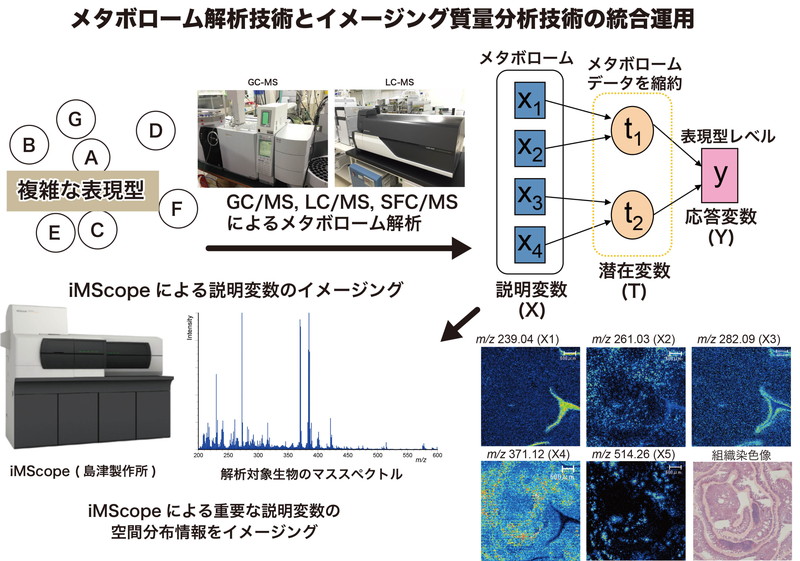
Many chemicals have been released into the environment in our modern society. However, despite much concern about possible harmful effects of the chemicals, their actual biological effects on humans and wildlife remain unclear. Our laboratory studies the biological responses elicited by environmental chemicals and is also establishing a new system for detecting chemicals using biological materials.
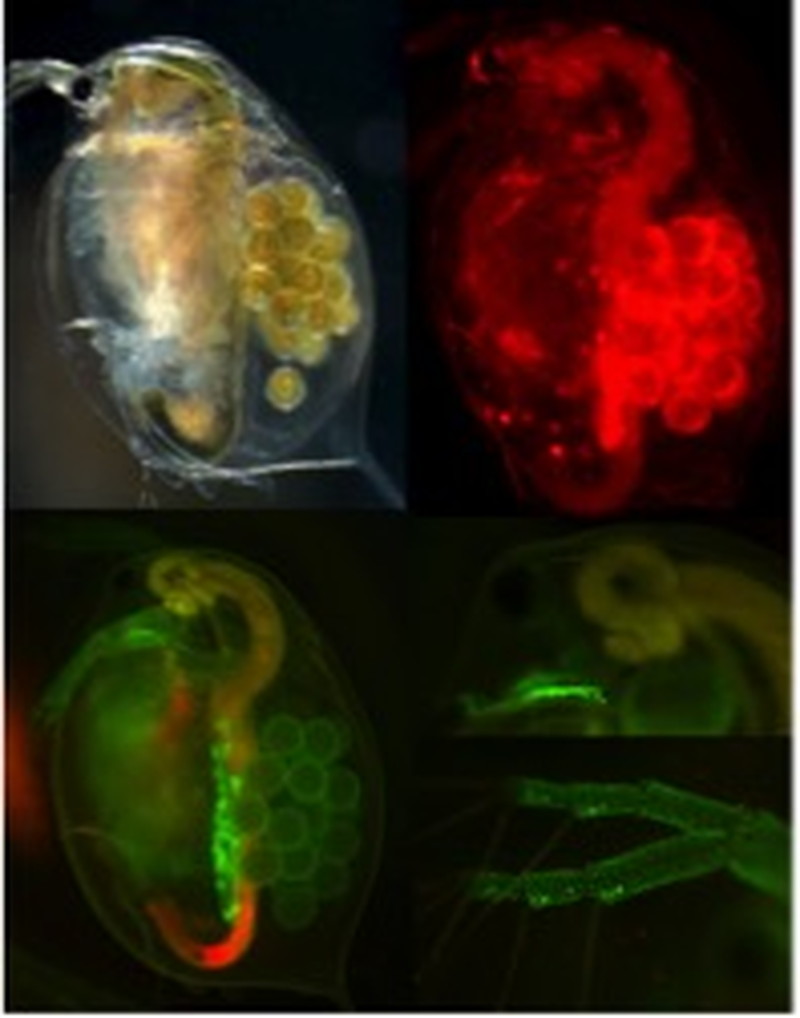
Foods and drugs are produced by using biotechnology approaches. Our laboratory aims at contribution to produce food and drugs with higher quality and more safety though understanding physico-chemical properties and functions of biopolymers such as proteins, nucleic acid oligosaccharides. We are also engaged in the development of states-of-arts methods including mass spectrometry and modern analytical ultracentrifugation for deep and total understanding of the systems. Biophysical and biochemical analyses of food and food products are also conducted.
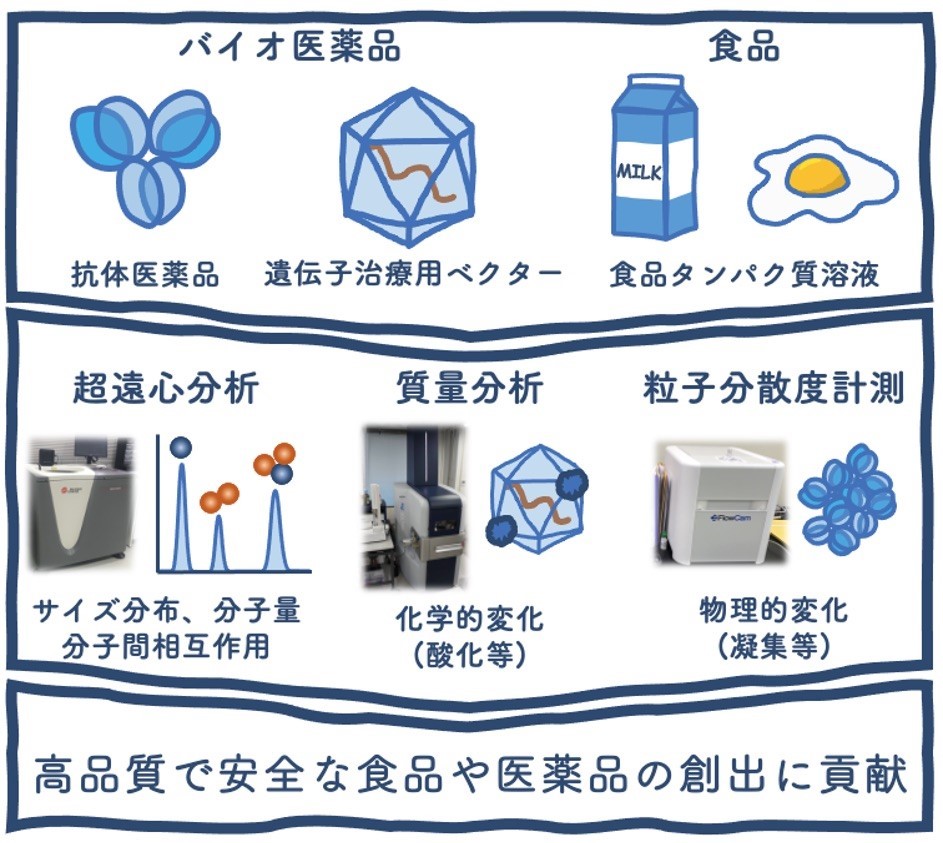
Plants produce a huge variety of specialized metabolites with different biological activities. Our primary interest is to understand the regulation and the synthesis of these compounds in plants identifying the genes involved in its biosynthesis and producing them using genetically modified organisms (bacteria, yeast, algae and model plants). More recently, we are promoting the study of valuable crops in a changing environment by combining genomics, metabolomics and genome editing technologies. Our goals and findings may contribute to promote health and increase food production in a climate-changing world.
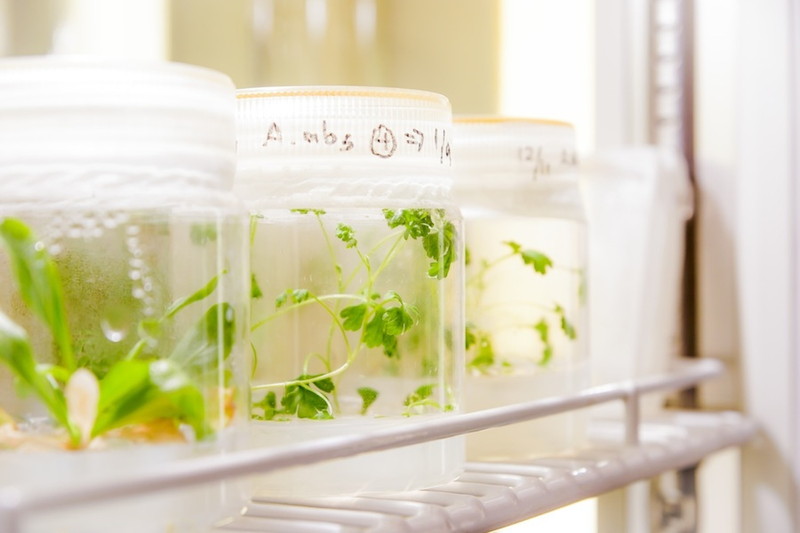
We are conducting applied research on cell manufacturing such as modeling, optimization, measurement, and process development by elucidating biological phenomena for human tissues. In particular, we are working on the design, quality evaluation, and stabilization of stem cell manufacturing processes, including iPS cells and mesenchymal stem cells, which are expected to be applied to regenerative medicine.
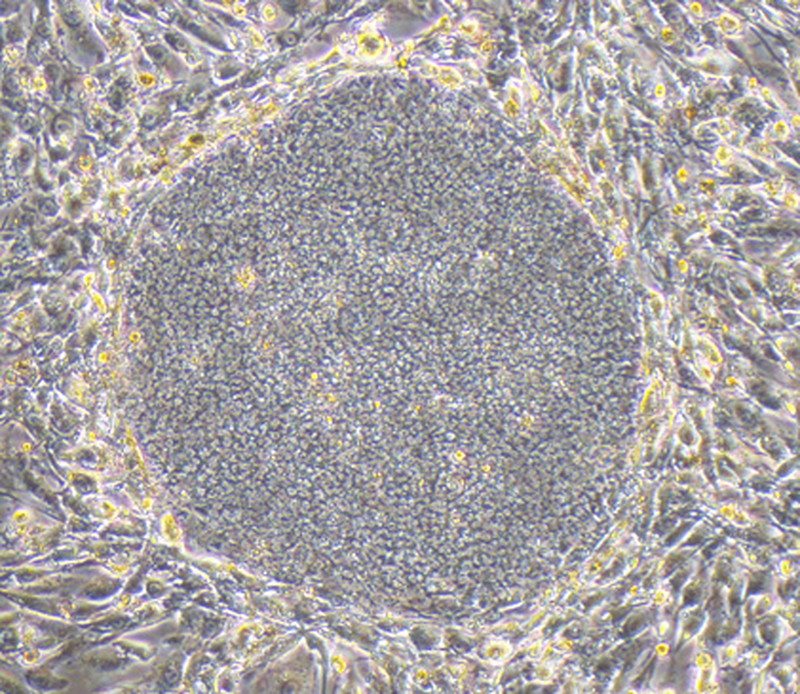
Functional Microbe Technology Area
The vision of our laboratory is to create innovative biotechnologies to realize a society where everyone can live in comfort. To realize this vision, we are developing next-generation biotechnologies by analyzing, reconstructing, and applying the extremely diverse functions of microorganisms by expanding the framework of omics science, information science, and synthetic biology.
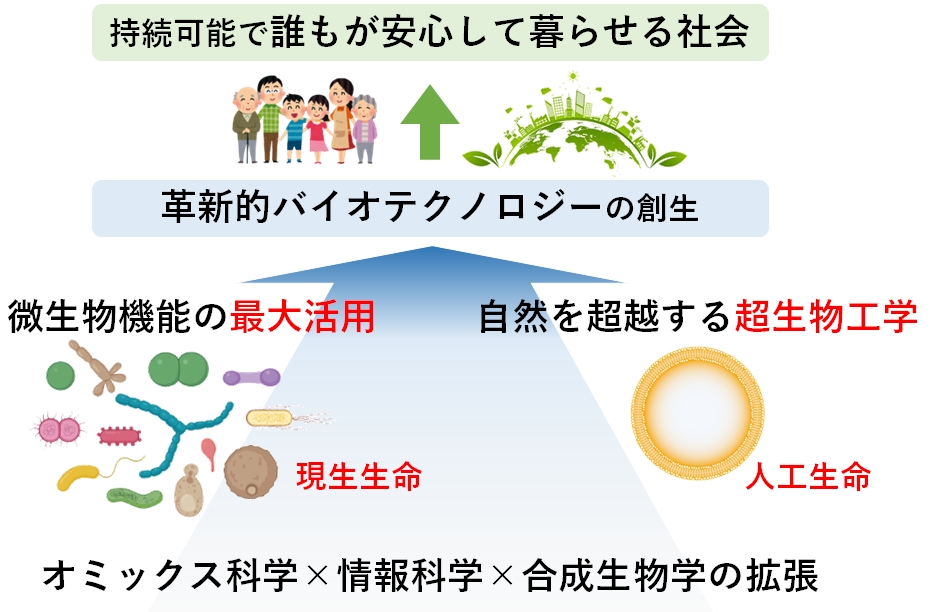
We face the challenge of breaking away from the production and consumption cycle that depends on fossil resources; there are high expectations for valuable compounds production using living organisms that have a low environmental impact and sustainable development. In our laboratory, we are designing new bioprocesses (fermentation processes) for future bioproduction based on understanding and rewiring the metabolic networks in living organisms, For this purpose, we tried to develop various technologies such as in silico metabolic design platform, experimental evaluation of metabolism by 13C metabolic flux analysis, computational rational enzyme design, evolutionary engineering, and multi-omics analysis. By integrating these technologies, we are aiming to understand and construct metabolic pathways (systems) and biomolecules (elements) in the new metabolic engineering.
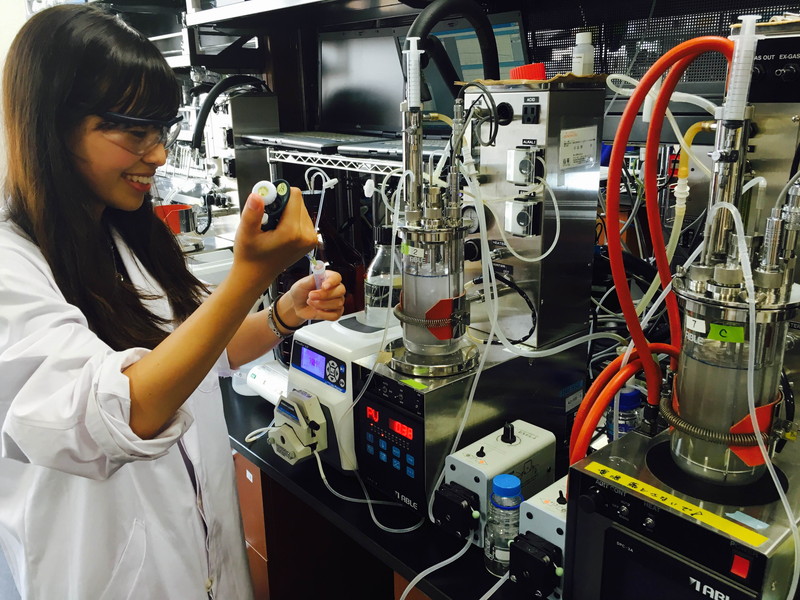
Analytical Biotechnology Laboratory has started from April 2018 to elucidate the principle of biological system which consists of complex interactive network of biological molecules (gene, protein, metabolites, and cell etc). Understanding the mechanism of adaptation, robustness, and evolution by information technologies is beneficial for multiple fields including information, engineering, agricultural and medical sciences. We are trying to achieve the quantitative elucidation of the property of biological system by analyzing various kinds of molecules using advanced analytical technologies. The extracted characteristics of the system by reconstructing the operation principle in sillico and in vitro will contribute to the efficient and novel bioproduction and drug discoveries.
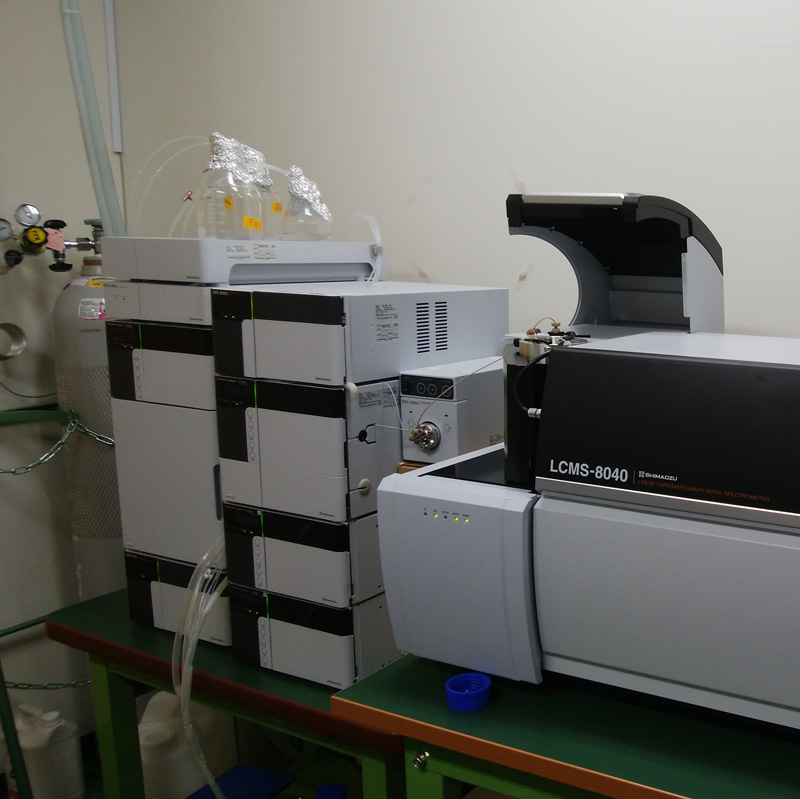
Among a wide variety of living organisms, our group is focusing on microorganisms owing to their great diversity and unique physiology. We are working on (i) the identification and characterization of biomolecules underlying the unique physiology of microorganisms, and (ii) their application to the development of industrially useful technologies (e.g., those for chemical/pharmaceutical manufacturing, waste treatment, and energy production). Currently, we are particularly interested in biomolecules derived from extremophiles, such as thermophiles.
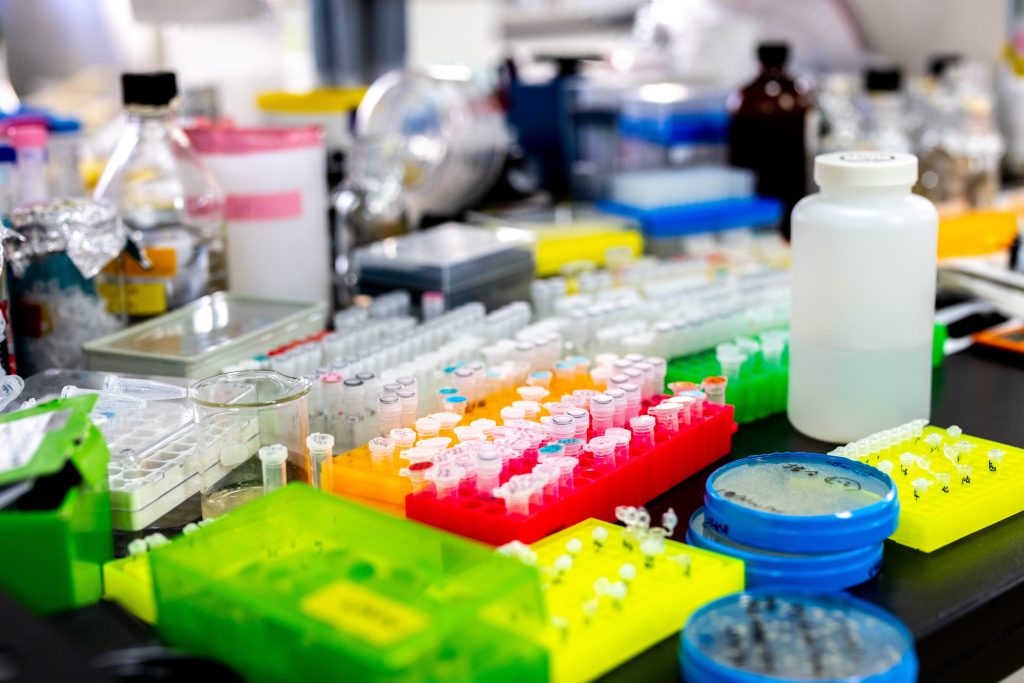
We are studying the development of human pharmaceutical protein production systems in various bioreactors such as plants, insects and microorganisms. Especially, we are focusing on the glycosylation that affects the drug efficacy. Our challenge is to produce human friendly-recombinant pharmaceutical proteins with basic glycoscience and glycoengineering. We are in progress toward discovery of microorganisms with new and remarkable potentials with the international cooperation among Southeast Asian countries in the aspects of research and educational advancement.
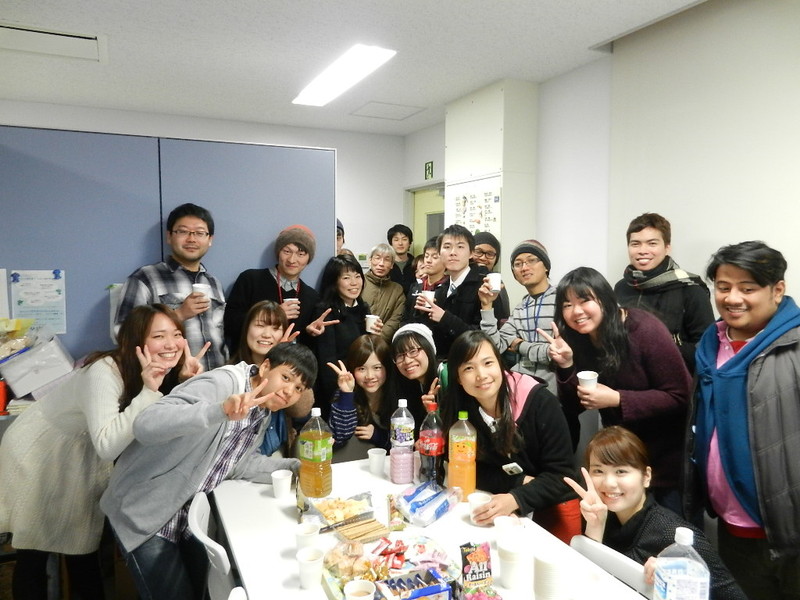
For the progress of advanced technology and basic science, it is indispensable to improve the performance of functional materi-als, and also to create materials with new functions. The aims of our researches are 1) to develop new Earth-conscious technol-ogies for the formation of high-quality functional thin films, 2) to create new functional materials, the surface, interface and bulk properties of which are controlled at atomic level, and 3) to fabri-cate highly-functional thin films and to apply them to actual elec-tronic devices. At present, by using atmospheric-pressure, very high-frequency (VHF) plasma, we focus on developing high-rate, low-temperature and ecoclean film growth technologies and also on studying their applications to the production of solar cells, thin film transistors, thin film sensors, and new functional devices.

In order to realize manufacturing technology with extreme precision, it is essential to understand the interactions between solid-liquid and solid-gas interfaces at the atomic and molecular level and to control them based on science. Our laboratory conducts research on ultra-precise surface measurement using microscopes that can visualize atomic arrangements, spectroscopic analysis that is sensitive to a few atomic layers on the surface, and high-precision simulations based on quantum mechanics. We also aim at creating high-performance semiconductor nanomaterials by novel etching phenomena and developing new surface processes. Through these efforts, we would like to contribute to the dramatic sophistication of production technology and the realization of a clean and comfortable energy-using society.
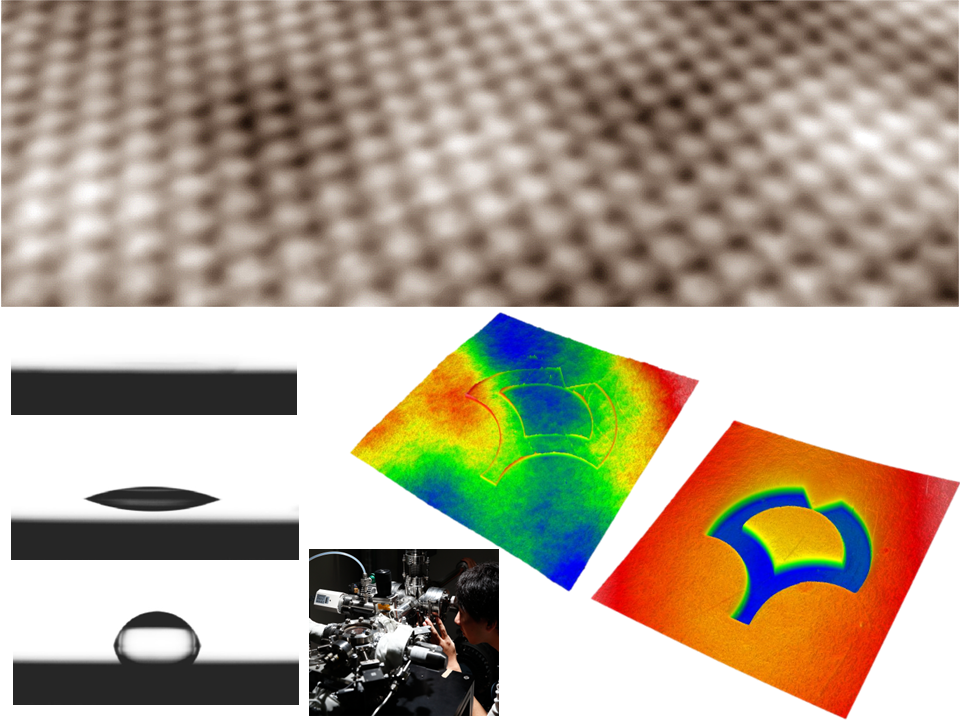
Using our original optical-acoustical measurement systems, we study mechanical behavior of nanomaterials and kinetics of biomolecules, and develop instruments for diagnosis and drug discovery. One important keyword is “resonance”. At resonance, information on mechanical and electromagnetical properties are highly enhanced, allowing high-sensitive measurements in material-biological science. We control sound via light and vice versa to investigate thermodynamic properties in nanofilms, nanowires, and nanodots, and binding and aggregation reactions among various biomolecules. We also study application of our original phonon-photon measurements for biosensors and diagnosis for neurodegenerative diseases, including Alzheimer’s disease.
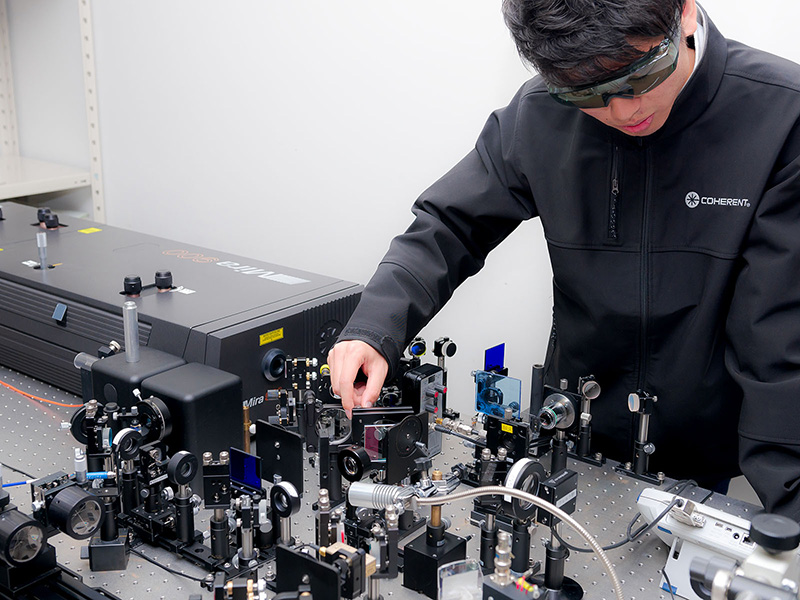
It has become possible to actually view, touch, and move atoms and molecules in the nanometer world, thanks to advances in science and technology. Today we can assemble atoms and molecules to construct synthetic nanometric structures, which do not exist in nature. In such a microscopic world, we expect to discover various special physical phenomena, states of electrons, electron transport properties, and quantum effects, which are currently unknown. Our laboratory is developing new equipment to precisely measure minute physical and chemical quantities of atoms and molecules. Based on the knowledge gained through these measurements, we are developing novel devices that work on new concepts, thereby contributing to the ultimate “product realization” using atoms and molecules. We consider the synthetic creation of novel nano-materials an important innovation frontier for the future of an advanced information society.
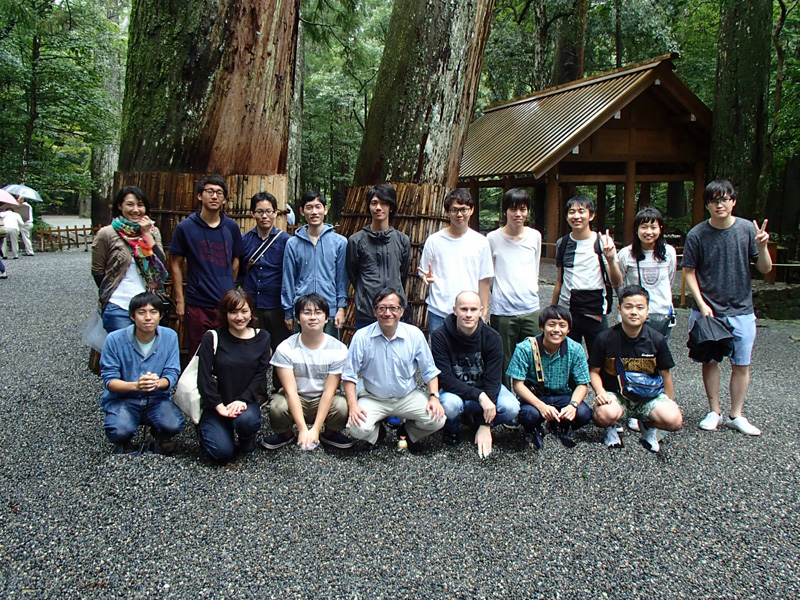
Science makes great progress when turning the invisible into the visible. The “atomic-scale surface creation” we have studied is the core technologies that contribute to the progress. By utilizing active molecules in plasma and active nanoparticles in a solution, our laboratory has succeeded in creating the ideal shape with an accuracy of 0.5 nanometers and making the surface the most smooth in the world. We have established technologies to fabricate X-ray mirrors and semiconductor substrate surfaces at the atomic level. X-ray mirrors, which are installed into X-ray microscopes that can observe nanostructures and cells, and X-ray space telescopes that advance astronomy, have enabled us to explore new frontiers of science.
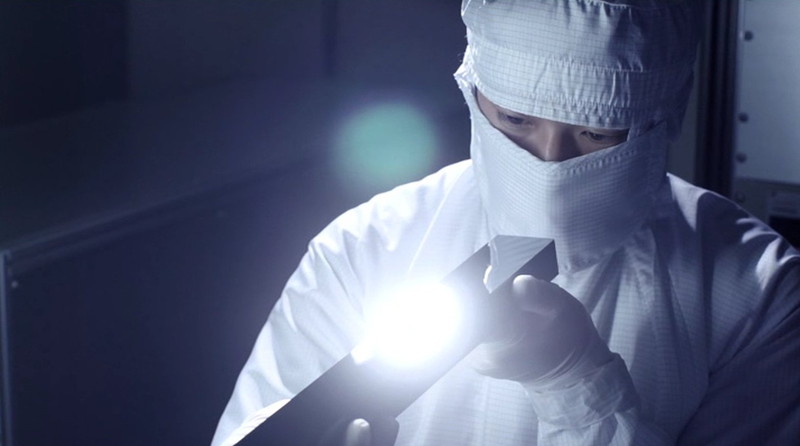
To develop highly functionalized materials for various applications such as electronic devices, solar cells, highly efficient fuel cells, organic devices, and so on,it is important to clarify behaviors of electrons and atoms in materals in detail. However, it is often difficult to elucidate such microscopic phenomena experimentally. To this end, we employ first-principles computer simulations and observe electrons and atoms in atomic scale and predict properties of new materials. We develop computer simulation programs based on “Quantum Mechanics” and by using those programs on super computers, we investigate physical and chemical properties of materials and clarify the origins for those properties. Based on these investigations, we propose important factors to desing new efficient materials and contribute to fields related to industry, energy and enviroment which are important in fugure of our society.
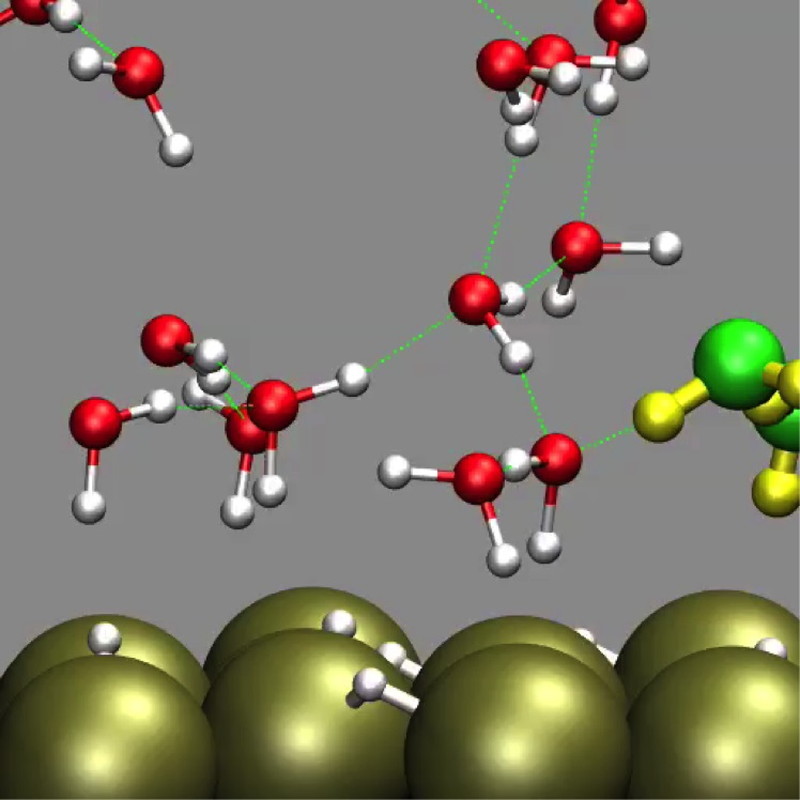
Humanity is confronted with many global-scale issues that include depletion of fossil energy and other natural resources, food shortage and population explosion, climate change and natural disaster, and urban development and poverty. Technology has the potential for significant impact to overcome these challenges and build a sustainable society. In response to the hopes, dreams, and wishes that people find through family, friends, and community, we believe that science and technology should be developed to enable humanity to responsibly coexist and thrive with nature in environmental harmony. To realize a sustainable and prosperous future, we aim to facilitate technological innovation by designing new materials, combining dissimilar materials, and introducing new structures with wide-range of capabilities contributing to next-generation of green nanoelectronics.
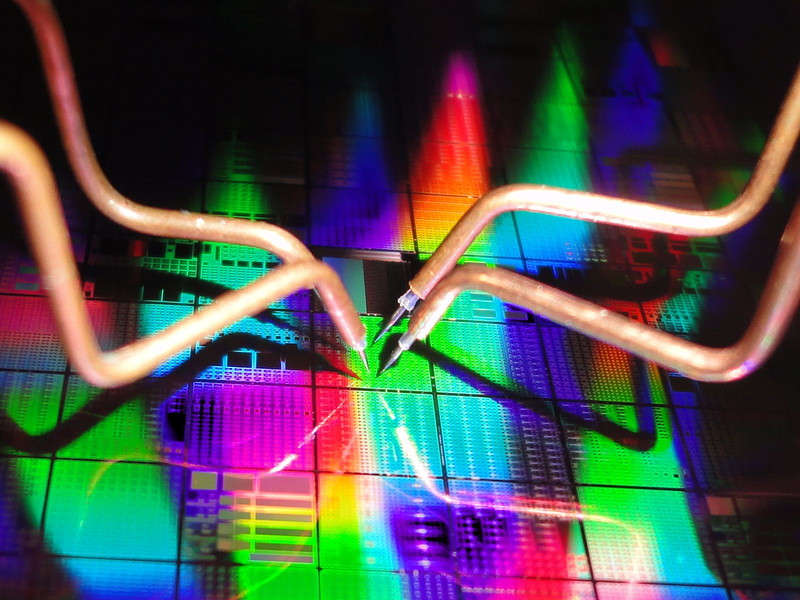
While developing innovative nanoscale imaging techniques, we are exploring and elucidating the unique physical and chemical phenomena that occur in nanomaterials. Specifically, using photo-induced force microscopy to image the induced polarization patterns of electronic transitions in molecules, we are pursuing research to understand the nature of the interaction between light and matter. In addition, we are exploring and elucidating novel catalytic reactions occurring on solid surfaces. Furthermore, we are developing techniques to visualize and analyze scattering centers and interfacial charges at semiconductor interfaces with nanometer spatial resolution, which is indispensable for the development of low power consumption and ultrafast bias.
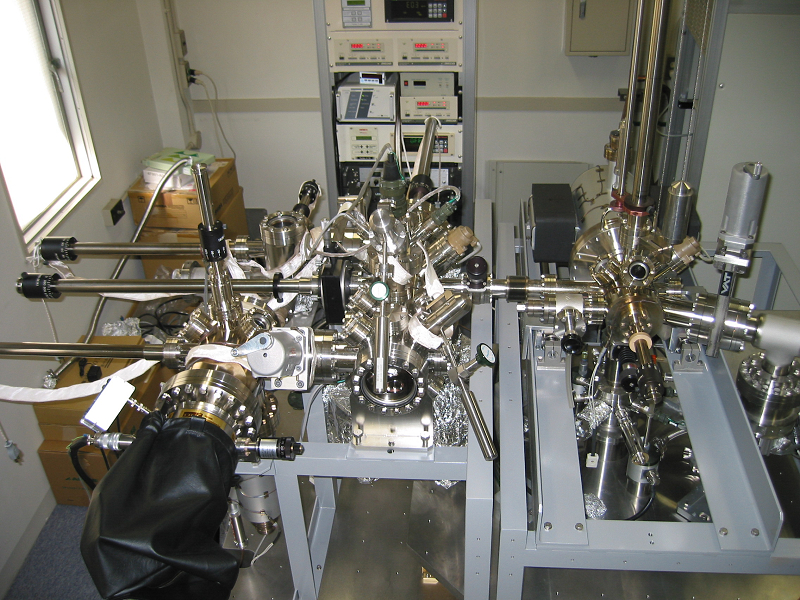
Nanomaterials, such as carbon nanotube (CNT) and graphene, have attracted considerable attention because of their unique and practically useful physical properties completely different from “bulk” materials. Our laboratory promotes the research to create novel functionalities from the nanomaterials by manipulating their structures and to apply them to future nanoelectronics. Our fabrication processes utilize originally designed apparatus such as multi-temperature zone CVD and solar furnace for ultrahigh temperature process, and are constructed by combination of top-down and self-organized bottom-up approaches, based on fundamental understanding of atomic processes on surfaces.
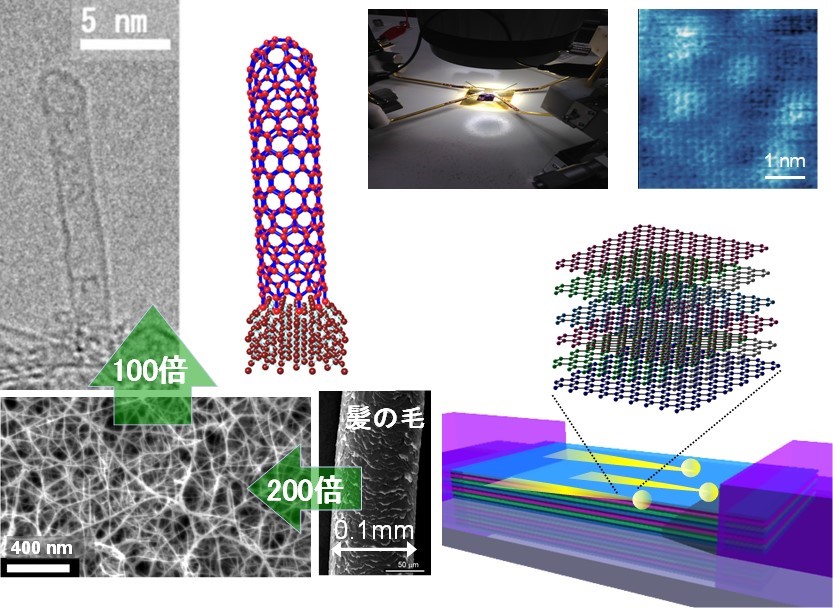
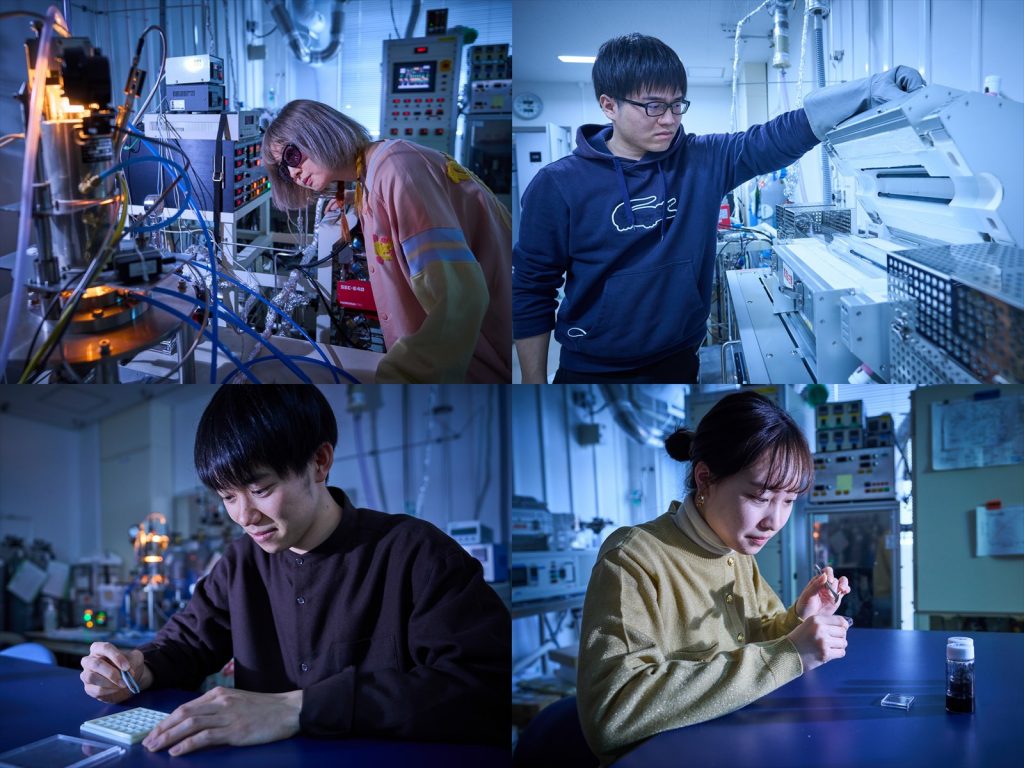
It is interesting to see nanoscale objects with light. Because the light directly interact with objects, it is possible to obtain rich information about molecular components in objects. Our group has been developing a spectroscopic technique with nanoscale spatial resolution. By combining plasmonics or near-field effect with some spectroscopic methods such as Raman scattering or photoluminescence, we can see nano-world with the visible light.
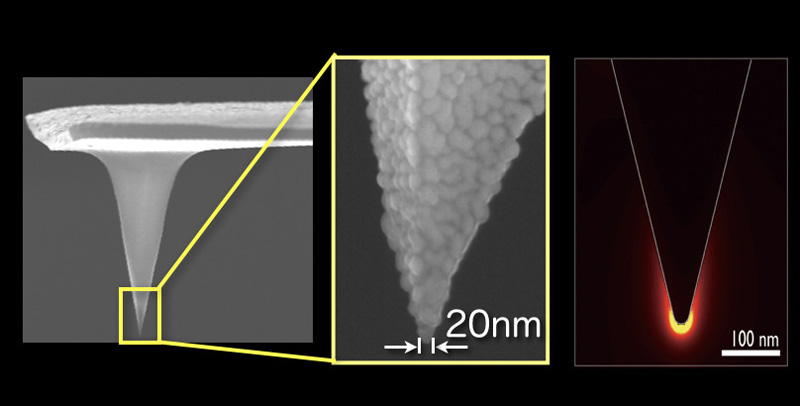
Fujita group studies light-molecule/light-ion/light-atom interaction and explore nanophotonics to visualize and manipulate the nanoscale world. The nanophotonics technologies are expanded to create brand-new technologies for imaging, sensing and devices used in material and biomedical researches.
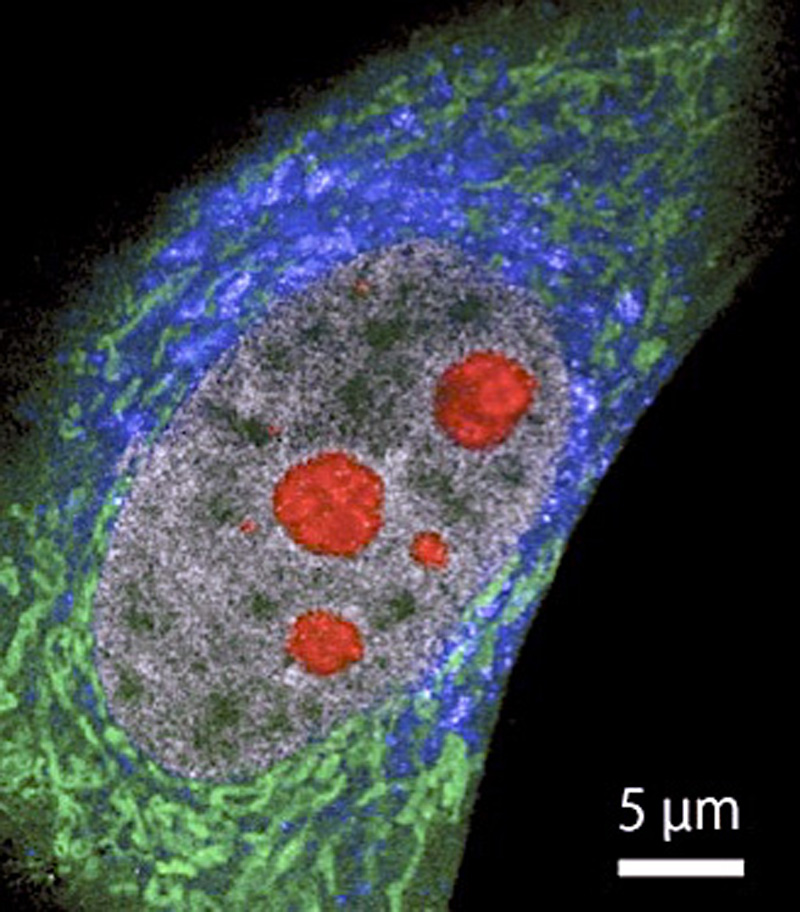
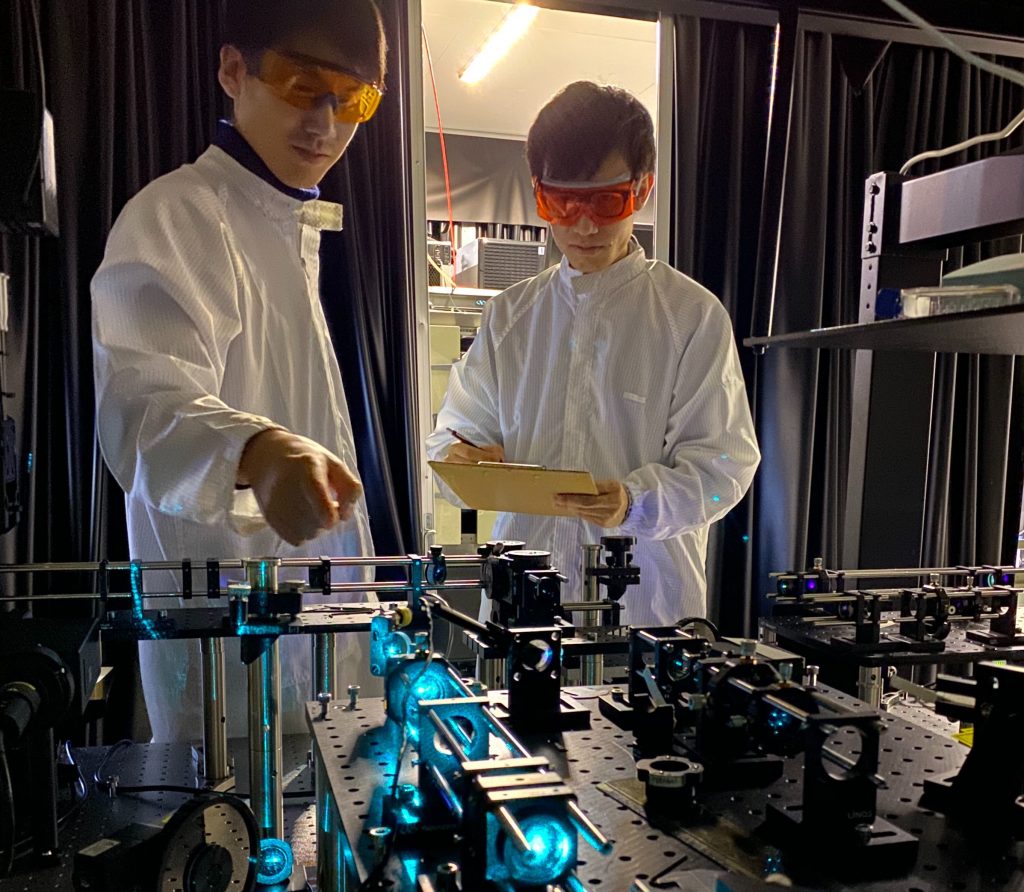
Our research interest is to investigate the unique and exotic physical phenomena of nanometer scale materials, which are formed on solid surface and do not exist in nature, and to open a new avenue toward the realization of next generation devices with high efficiency. In addition to the on-campus equipment that we have developed, we are actively conducting research at different facilities, such as synchrotron radiation facilities located all over the world.
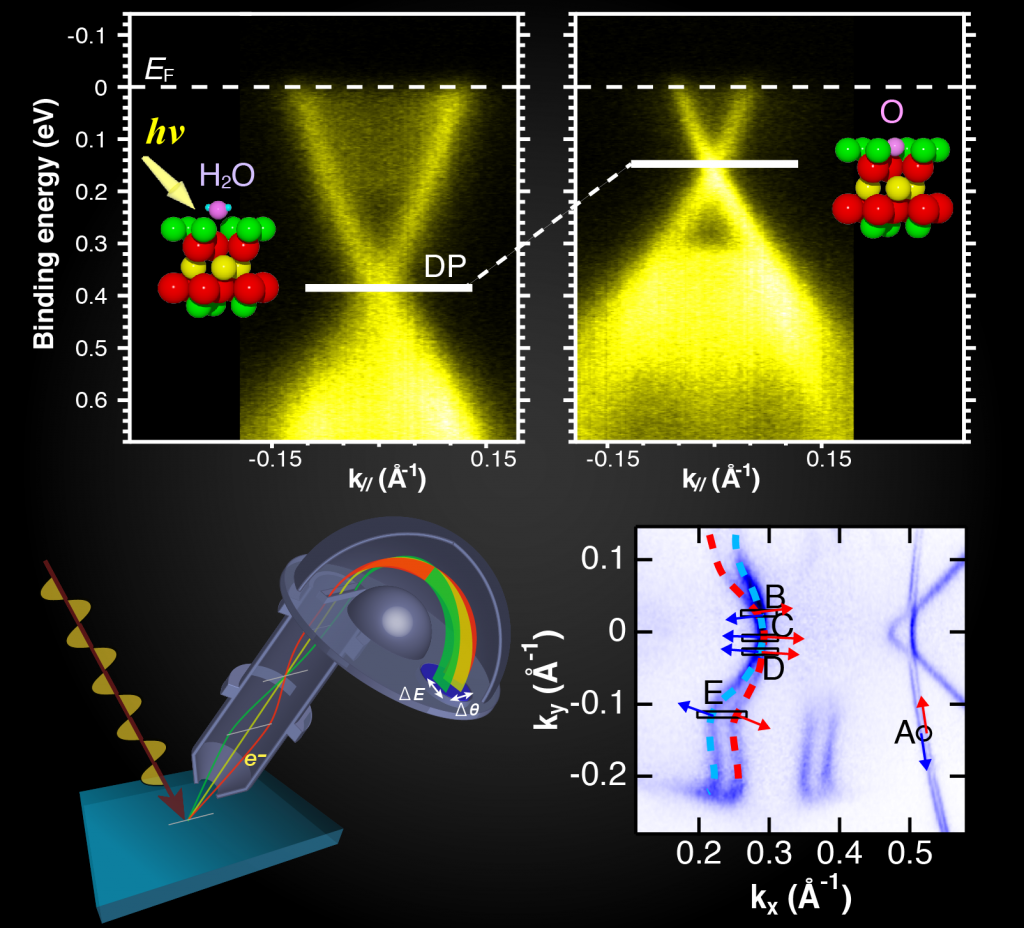
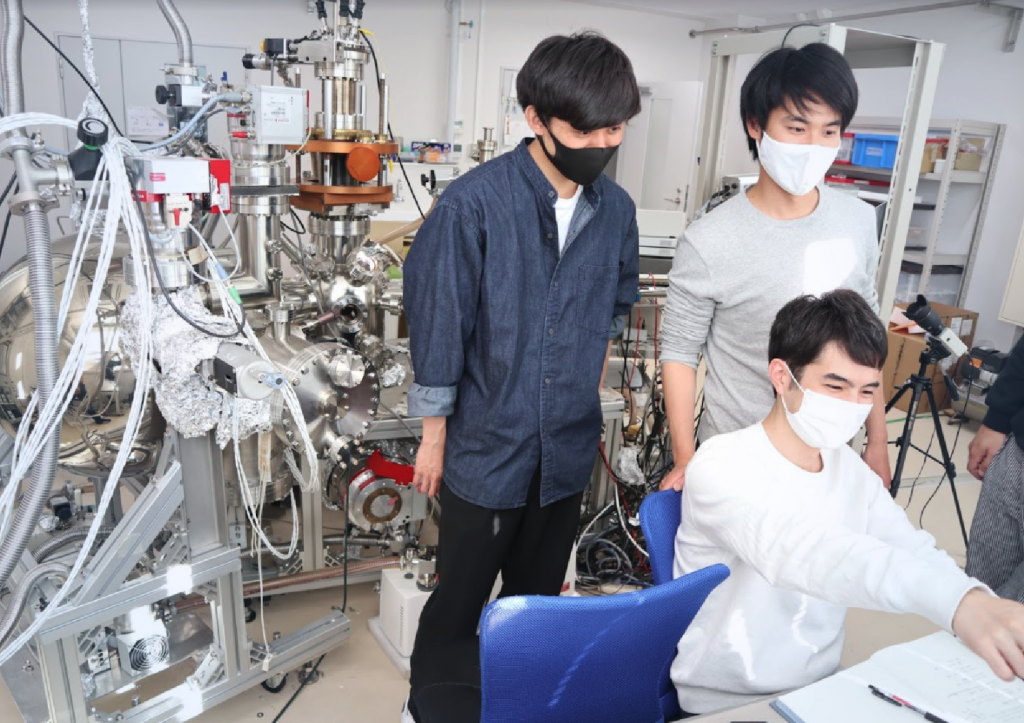
Our laboratory aims to realize innovative nanophotonic devices through basic research based on plasmonics and/or metamaterials. In metamaterials, we are conducting research on metasurfaces, which are two-dimensional metamaterials. This is an array of metal nanostructures and/or high-refractive-index dielectrics as Mie resonators arranged on a planar substrate. By controlling the scattering and absorption of meta-atoms, we have succeeded in realizing various functions such as color printing showing a diffraction limit resolution, perfect absorber and infrared emitter. At plasmonics, we are researching plasmonic waveguides and hyperbolic metamaterials. In this way, we aim to realize an ultra-fine and low power consumption photonic device that was considered impossible in principle due to the diffraction limit. In addition, by applying the metasurface-based perfect absorber to a thermal radiation filament, we have realized a prototype of a high-efficiency eco-light bulb that controls blackbody radiation.
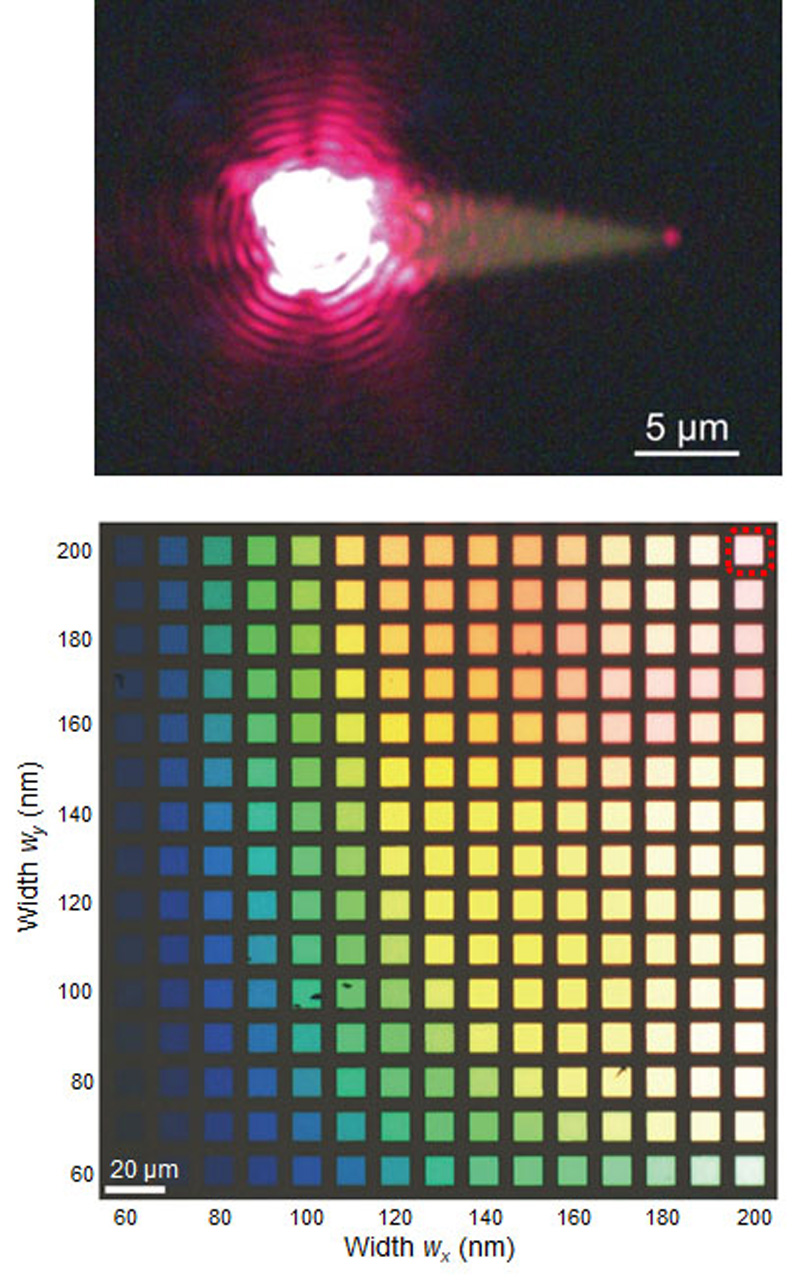
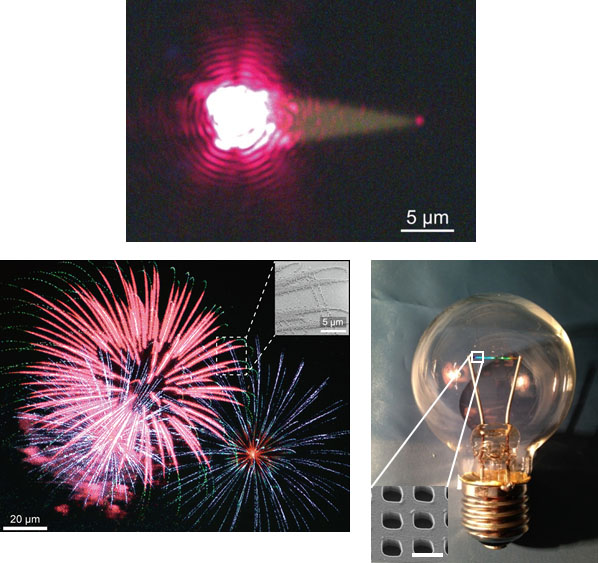
We are exploring novel materials and biological functions by using adavanced optical manipulation and measurement techniques.
1) Production of highly ordered organic and biological matters by using laser:
By utilizing physical stimuli of lasers (e.g., heat, electric field, etc) that enable us to control assembly and allighment of micro- and nano objects, we are trying to create innovative materials (electronic devices, pharmaceuticals, artificial cells, etc.) with desired structures and functions that cannot be produced by conventional methodologies alone.
2) Elucidation of unique structures and functions of soft matter:
We are investigating unique structures and functions of soft matter such as biological membranes, gels, and cellular tissue (organoids) by using non-invasive optical measurement techniques that do not disturb weak attractive and/or repulsive forces in the system.
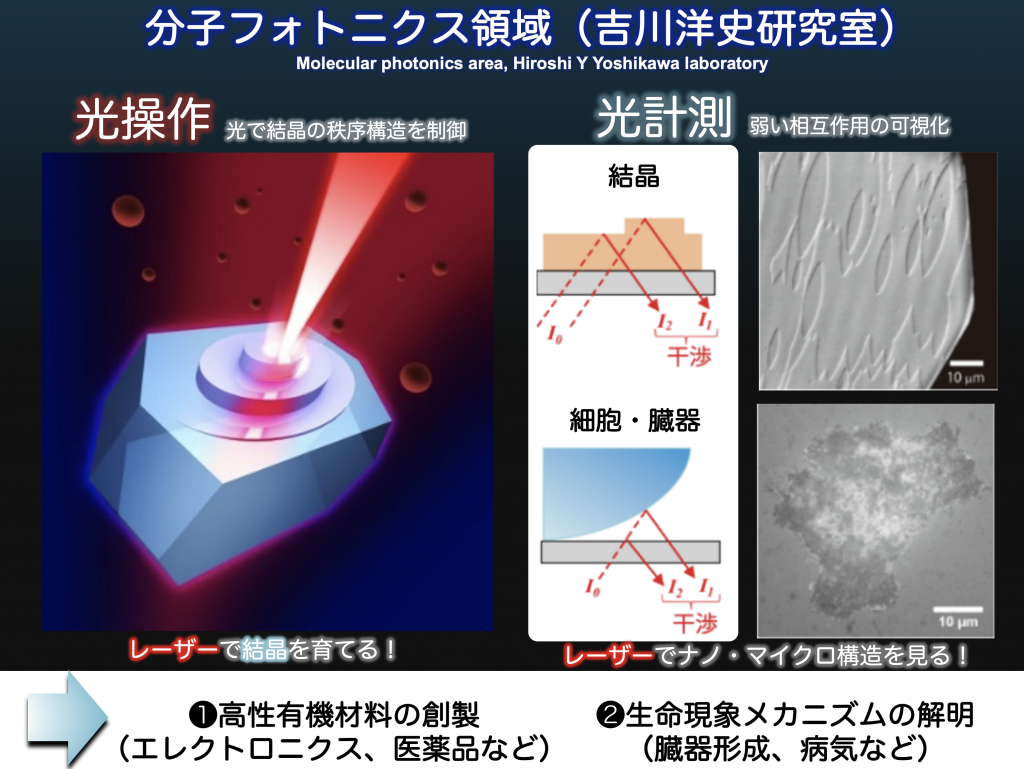
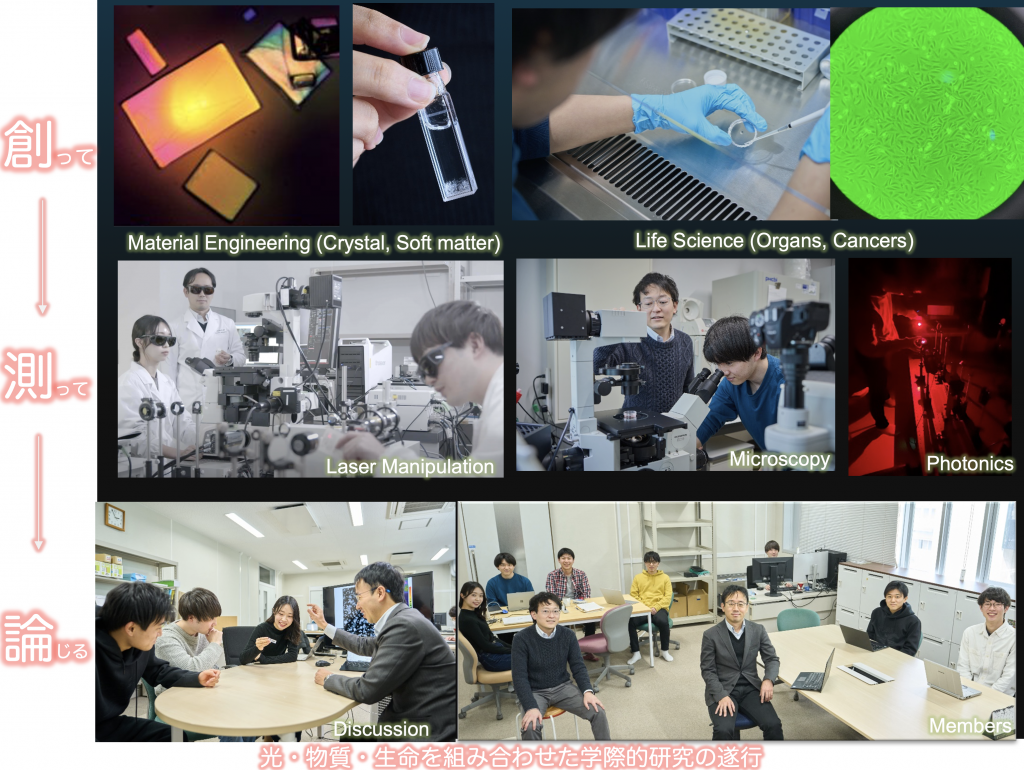
Advanced Engineering Physics Area (Ono Lab.) focuses on developing advanced advanced measurement and analysis techniques using quantum beams such as X-rays and neutrons, in combination with informatics technology. Our projects include X-ray microscopy for multi-scale characterization, machine learning-aided data analysis, laboratory automation, and AI optimization of experimental parameters.
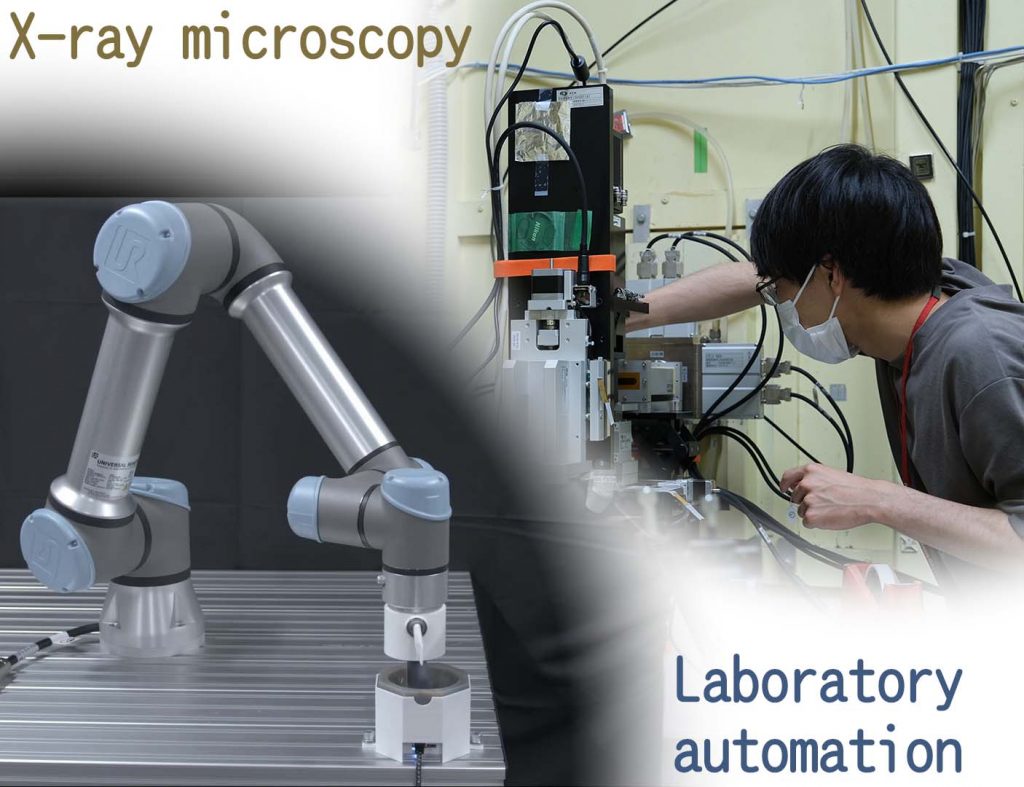
To find universality, understand the physical mechanism behind natural phenomena and the emergence of function, we conduct research and education in theoretical condensed matter physics, supported by cutting edge experimental techniques. We focus on dynamical processes and related properties at Surfaces and Interfaces of materials, size and complexity ranging from the nano-scale to biological processes. We also develop novel and practical techniques, whenever the need arises, and pro-actively make the resulting know-how available for immediate industrial implementation.
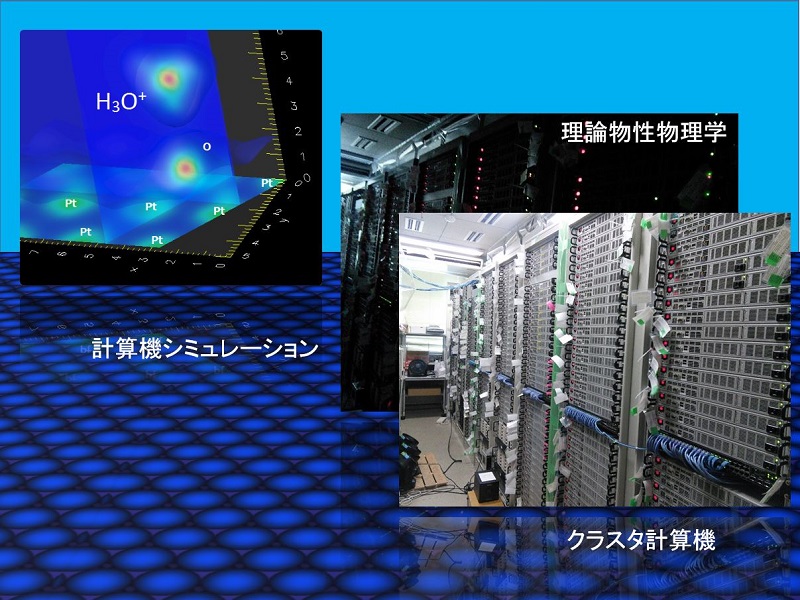
The semiconductor photocatalyst has the high resolution function for the organic matter, a self-cleaning function and photoexcited hydrophilic function, which carries the important role to various environment purification. However, the reaction mechanism has not been understood completely. We use the scanning probe microscopy (SPM) such as atomic force microscopy (AFM) and Kelvin probe force microscopy (KPFM) etc., to investigate the properties of physical and chemical, to explore and elucidate the new physical phenomena such as the photocatalyst process of the photo induced surface carrier on solid surface, liquid-solid interface. This research relates the discovery of the novelty materials with new properties of matter and can develop the catalytic design with the new function, which is different from conventional catalyst. Target one is Au NPs deposited on rutile TiO2(110) surface under gas condition at low temperature. Target two is Au NPs deposited on anatase TiO2(001) surface at low temperature. Target three is Pd nanoparticles (NPs) deposited on Al2O3/NiAl(110) surface under carbon monoxide gas (CO gas) condition.
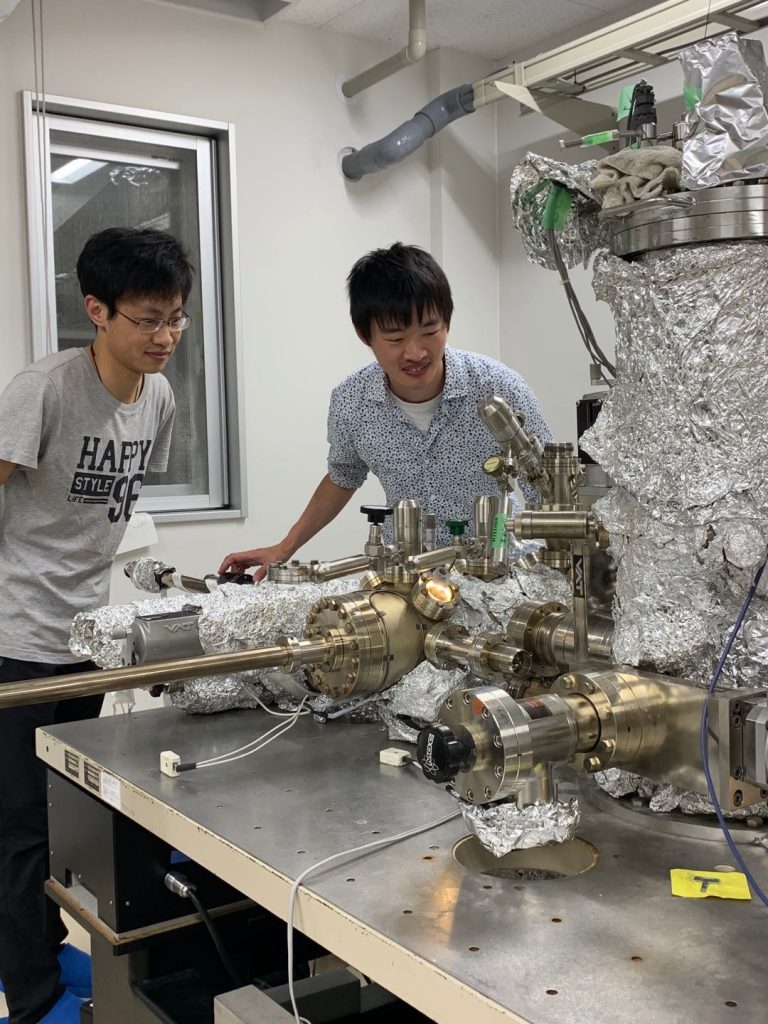
We carry out research on nano-biophotonics, a new research field that spans the fields of nanotechnology, biology, and photonics. We develop techniques to observe living cells and biomolecules with an ultra-high spatial-resolution and sensitivity by utilizing nanotechnology, vibrational spectroscopy, and non-linear photonics.


Decision and control are core technologies for realizing desirable behavior of cyber-physical systems such as self-driving cars and optimal operations of transportation systems. Our laboratory studies mathematical theories and algorithms of decision and control as well as their applications to practical problems in our society. Our aim is to establish fundamental methodologies and tools of decision and control via mathematical approaches such as robust optimization, randomized algorithm, and symbolic computation.
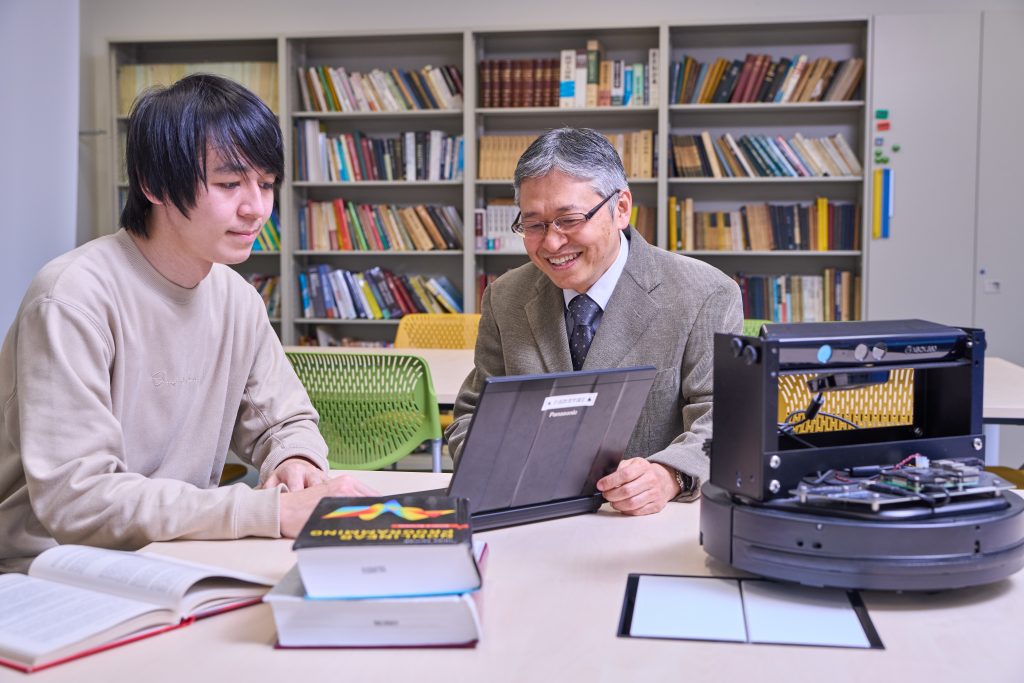
Nonlinear mathematical models often arise in describing real-world phenomena in various research fields including engineering systems, information systems, and biological systems. Our laboratory studies mathematical models of various real-world phenomena, aiming at understanding nonlinear dynamics underling real-world phenomena, developing methods for analyzing nonlinear mathematical models, and applying nonlinear dynamics to engineering and information systems.
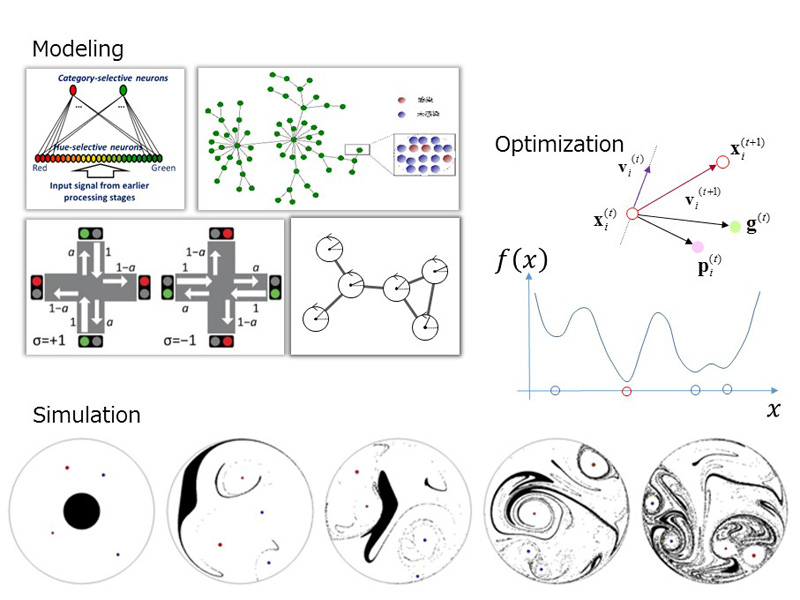
Towards realizing a super smart society (Society 5.0), science and technology that brings sophisticated cooperation between physical space and cyber space is important. Our laboratory conducts education and research on information photonics, which aims at creating novel valuable information technology through a strong fusion of optics/photonics and mathematical/information science. In particular, we are exploring high-performance and highly functional optical information systems for optical computing, optical computational imaging/sensing, and optical interfaces with humans and materials.
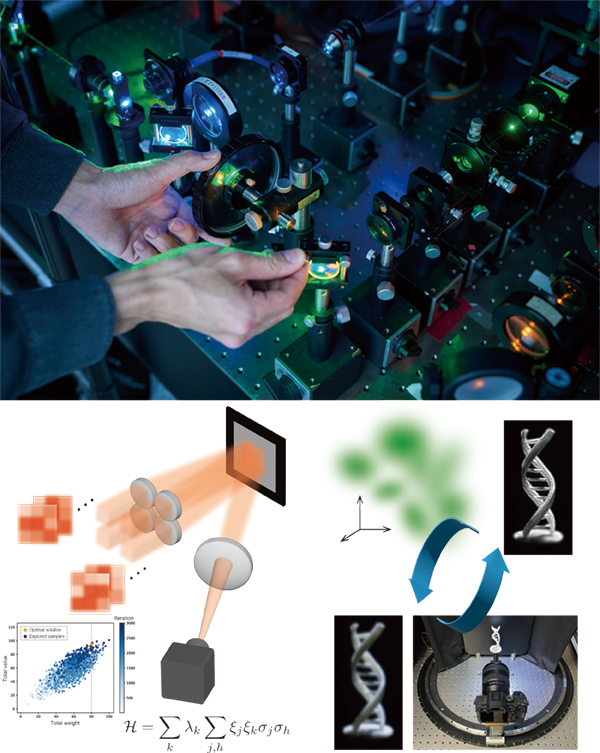
In the system Engineering Laboratory, we are conducting educational research on systematization and its applications by mathematical science approaches such as mathematical programming, statistical methods and discrete mathematics, combination optimization, and artificial intelligence. We aim to cultivate systematization technology through research on production activities in companies, modeling of social and natural phenomena, system analysis based on uncertainty science, and multi-standard data analysis methods for system evaluation.
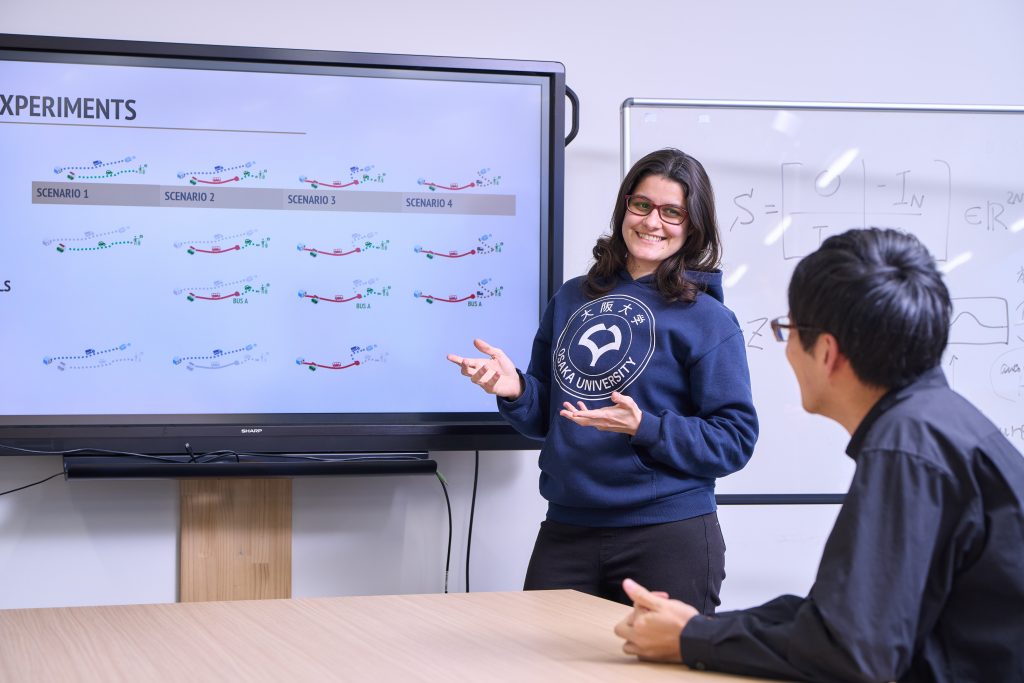
In our laboratory, we study science that fuses the basic science and advanced technologies required to precisely control the molecular structure, electronic state, and physical properties of various organic materials and to apply these technologies to realizing flexible electronics and photonics. The goals of our laboratory are to study various topics from theories based on basic science, including mathematics and physics, to systems that contribute to society.
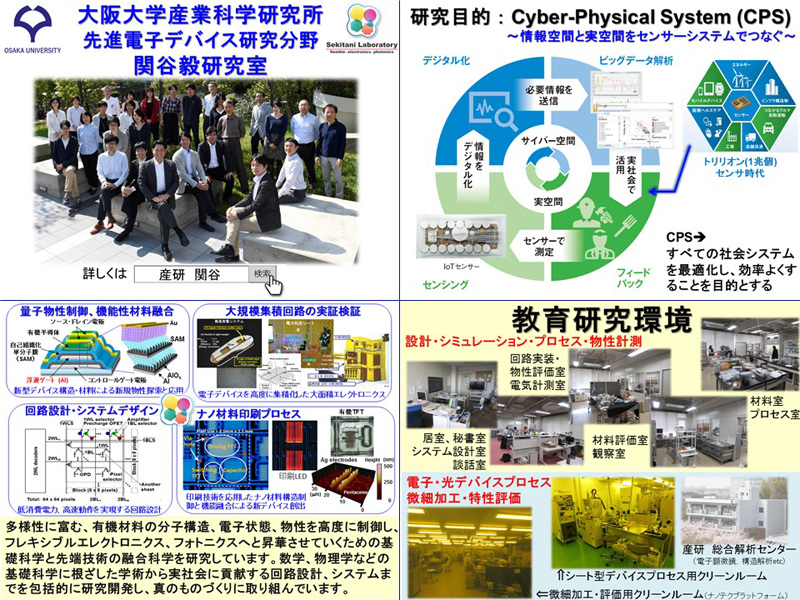
Protein crystallography and Cryo-EM is the major method to determine the atomic structure of protein molecules, in order to elucidate the molecular mechanism of highly organized biological systems. Our main aim of research is the atomic structure determination of the biological macromolecular assemblies including membrane protein complexes. Current Research Projects are “Structural studies of photosynthetic membrane protein complex and related redox enzymes”, “Crystal structure analysis of dynein motor” and “High resolution and damage-free structure analysis of metalloproteins”.
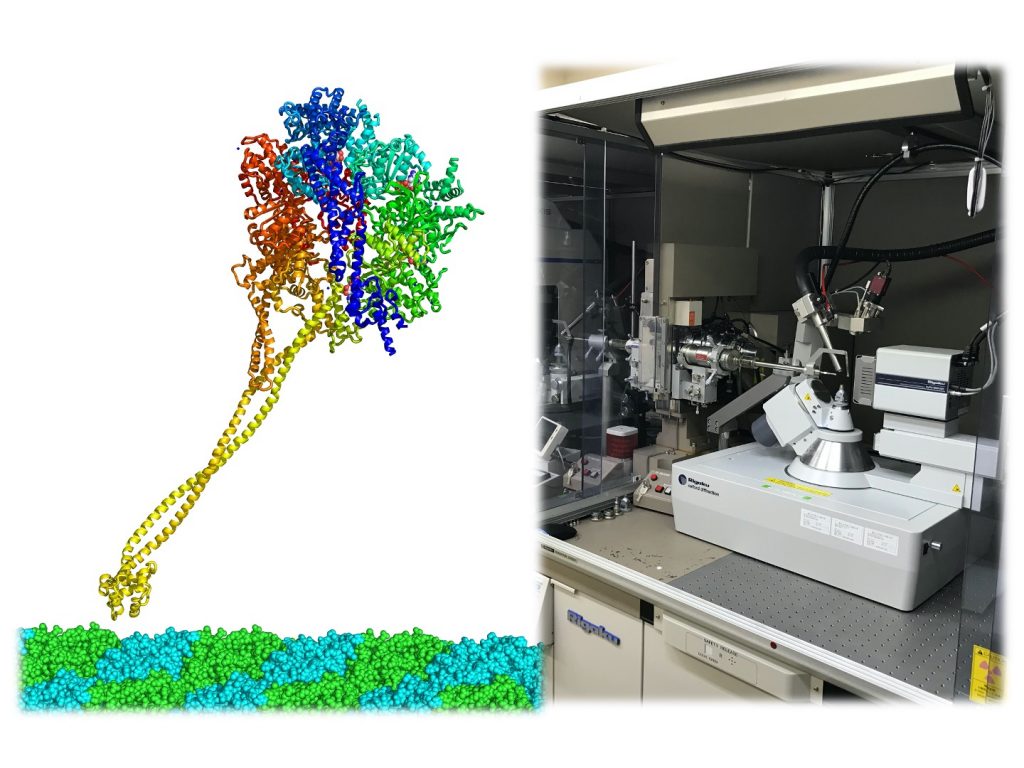
Top
